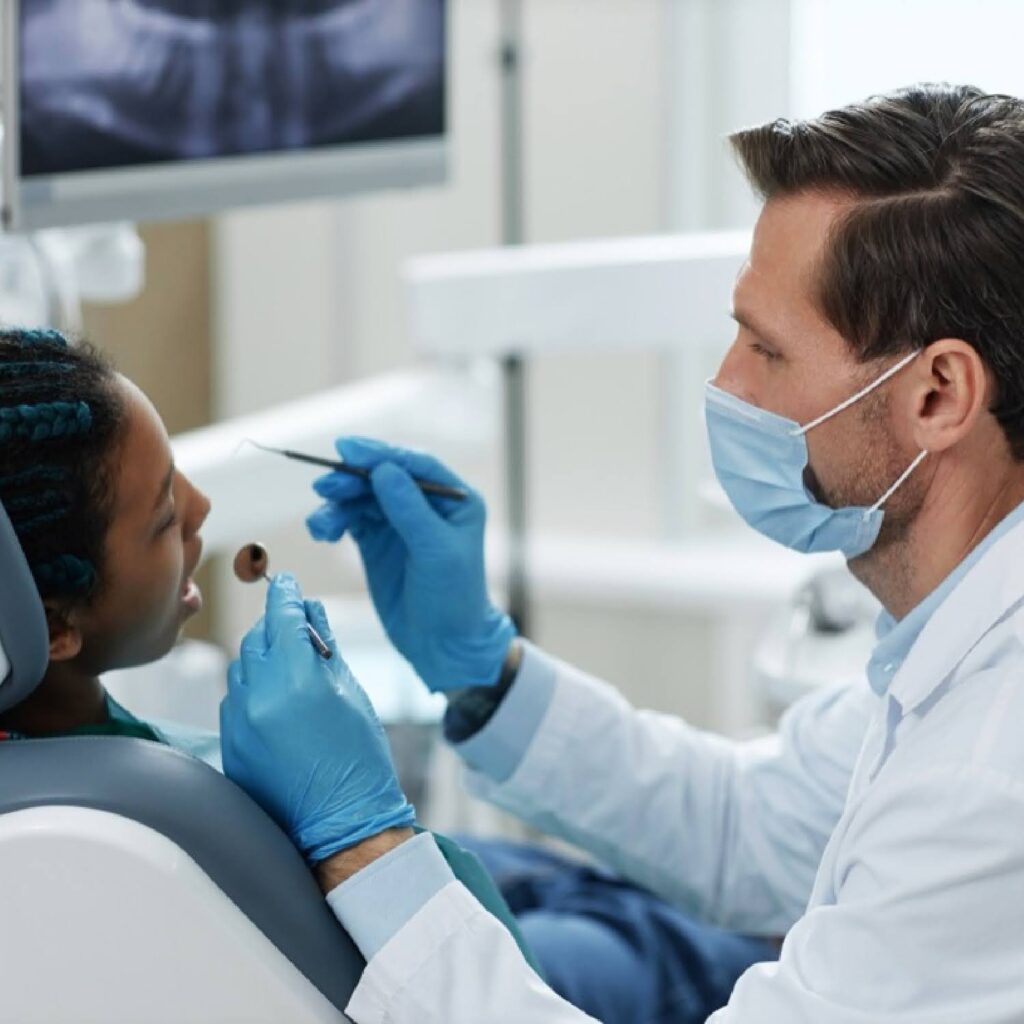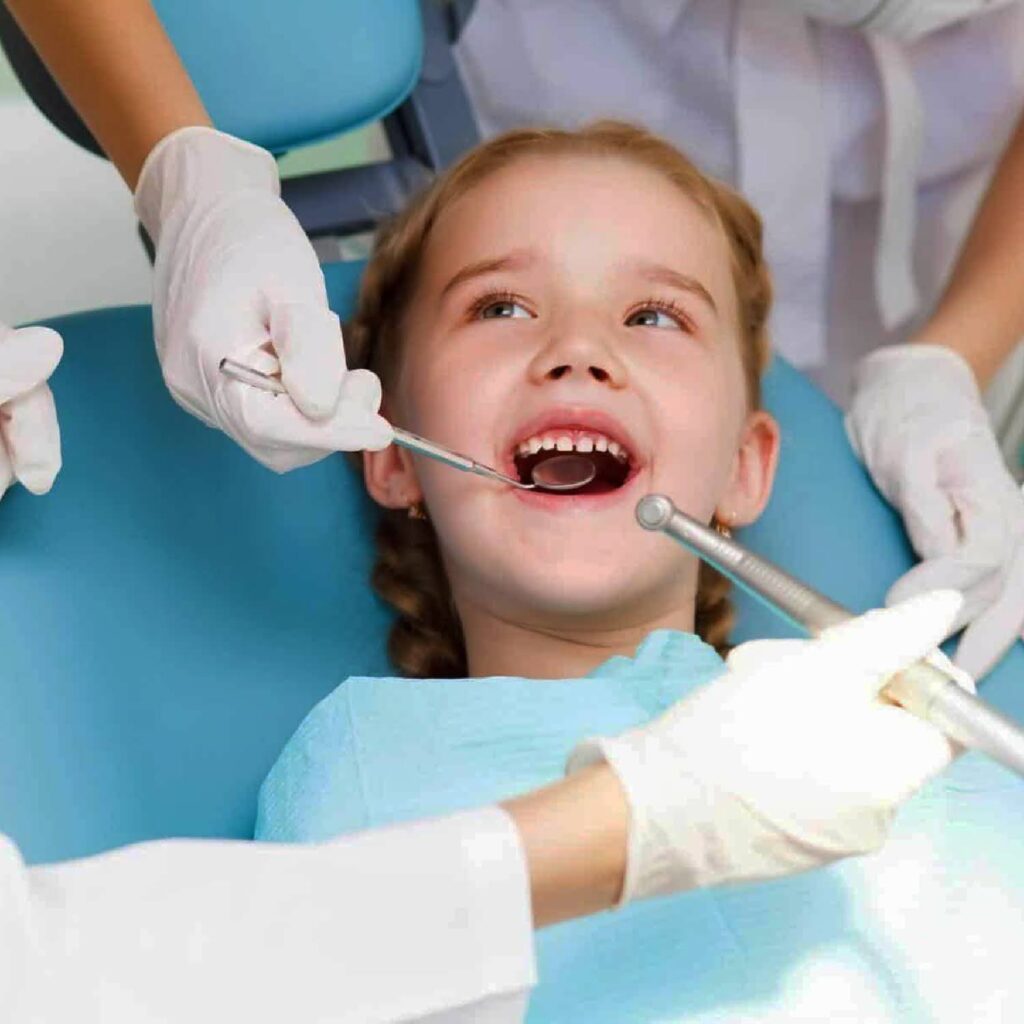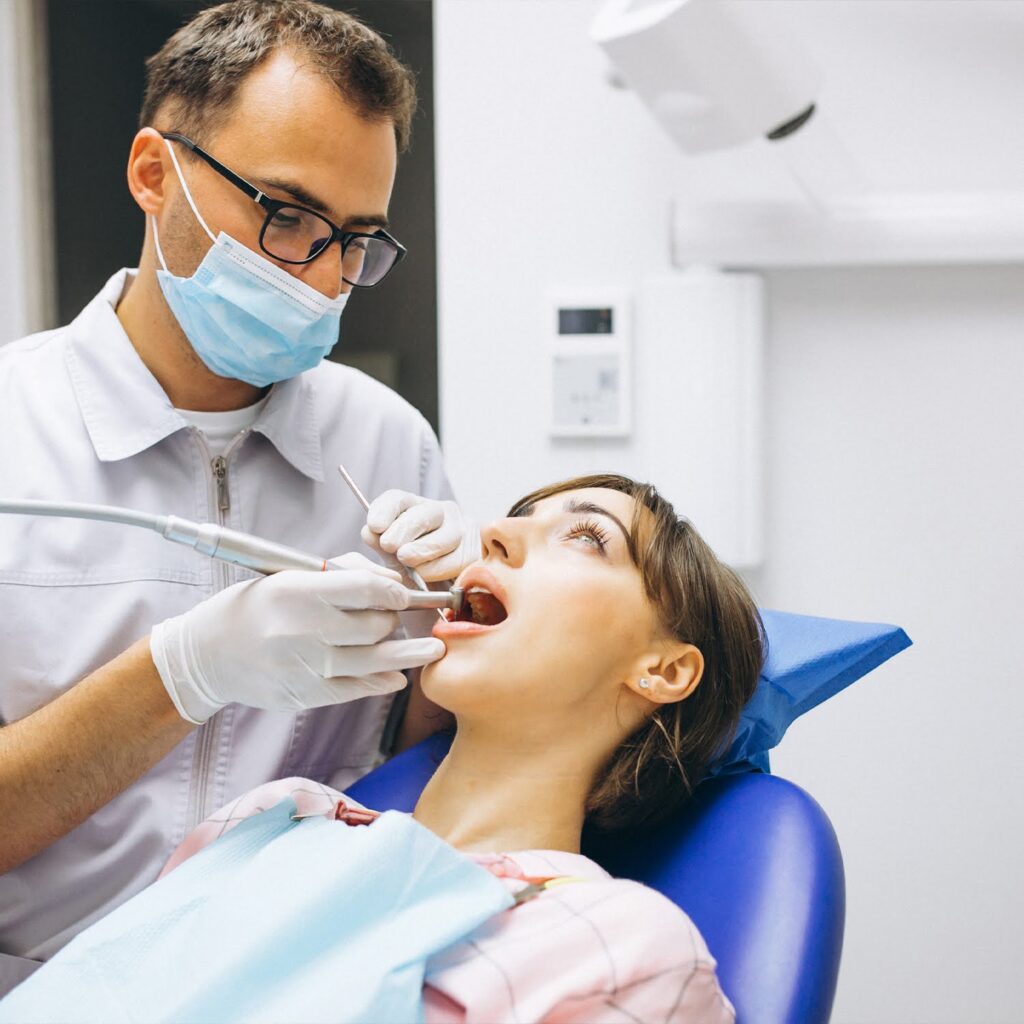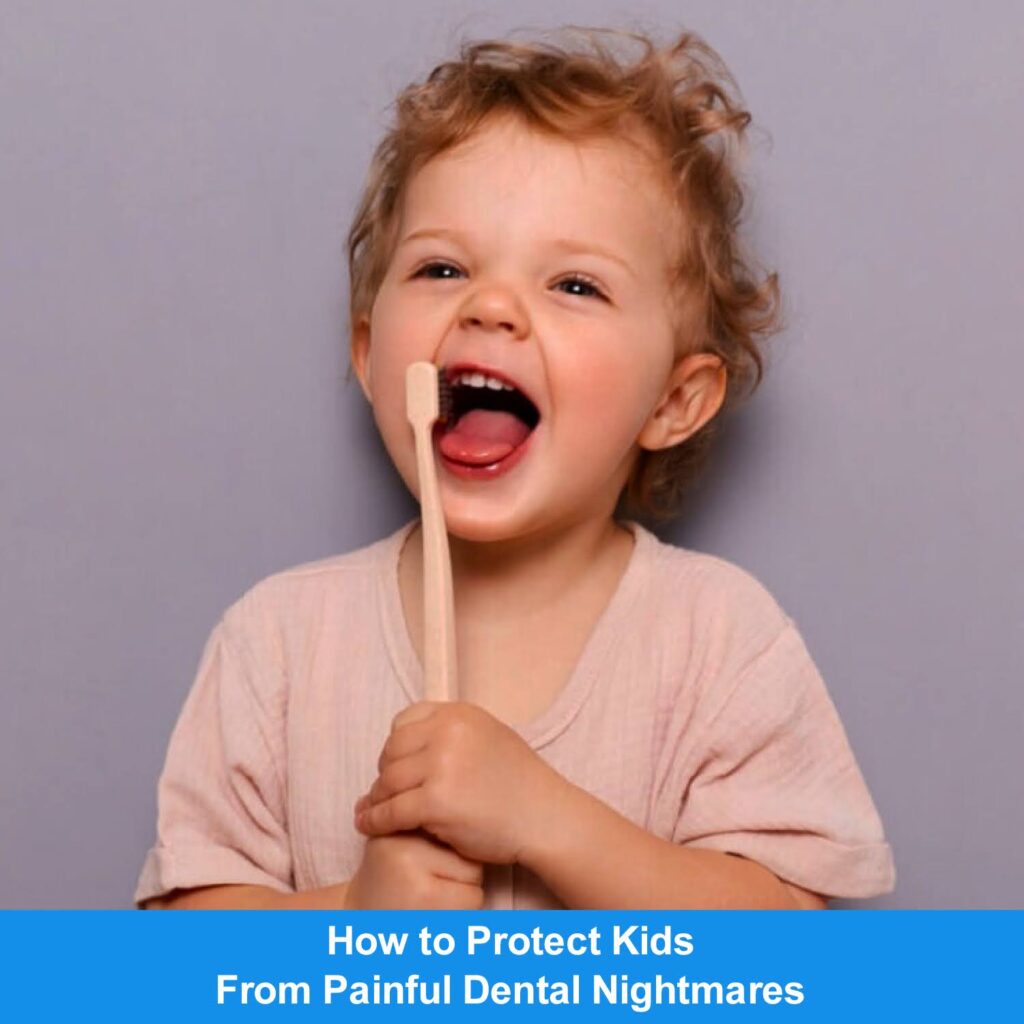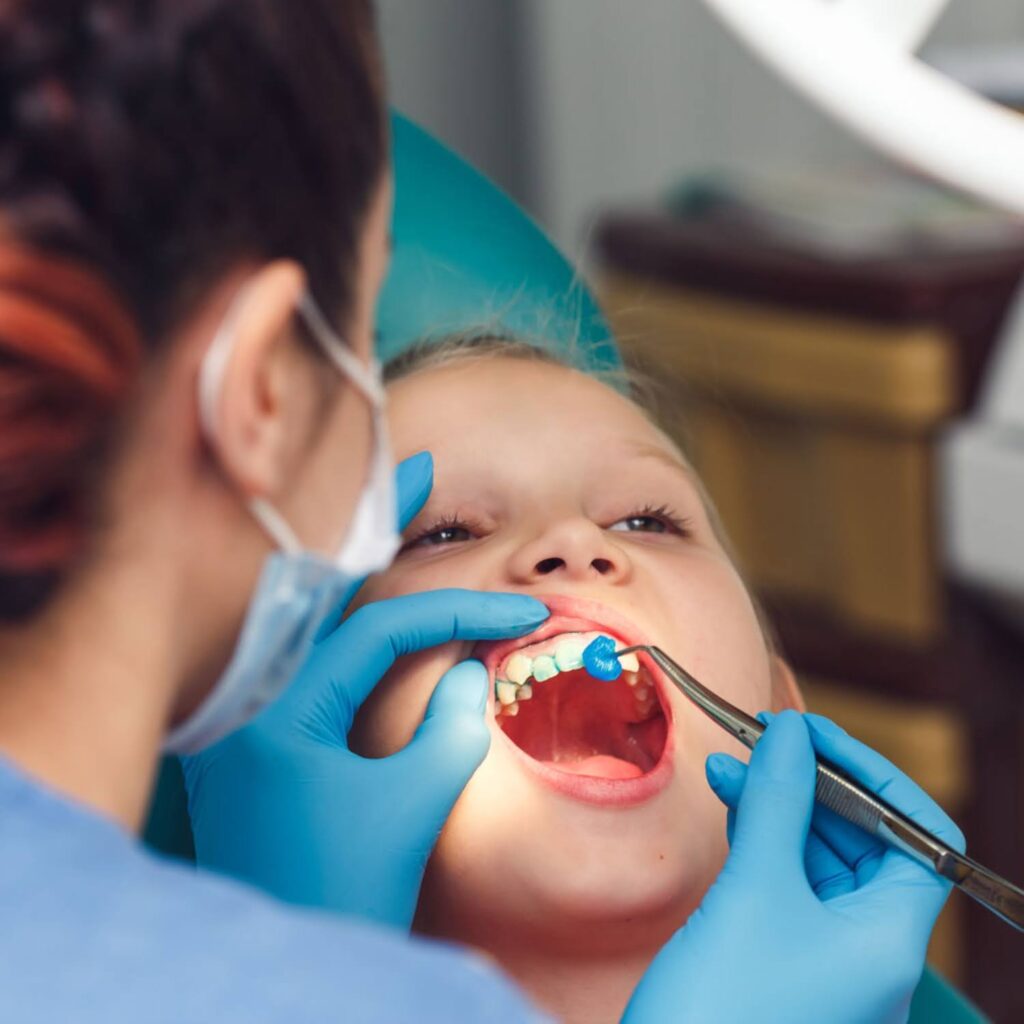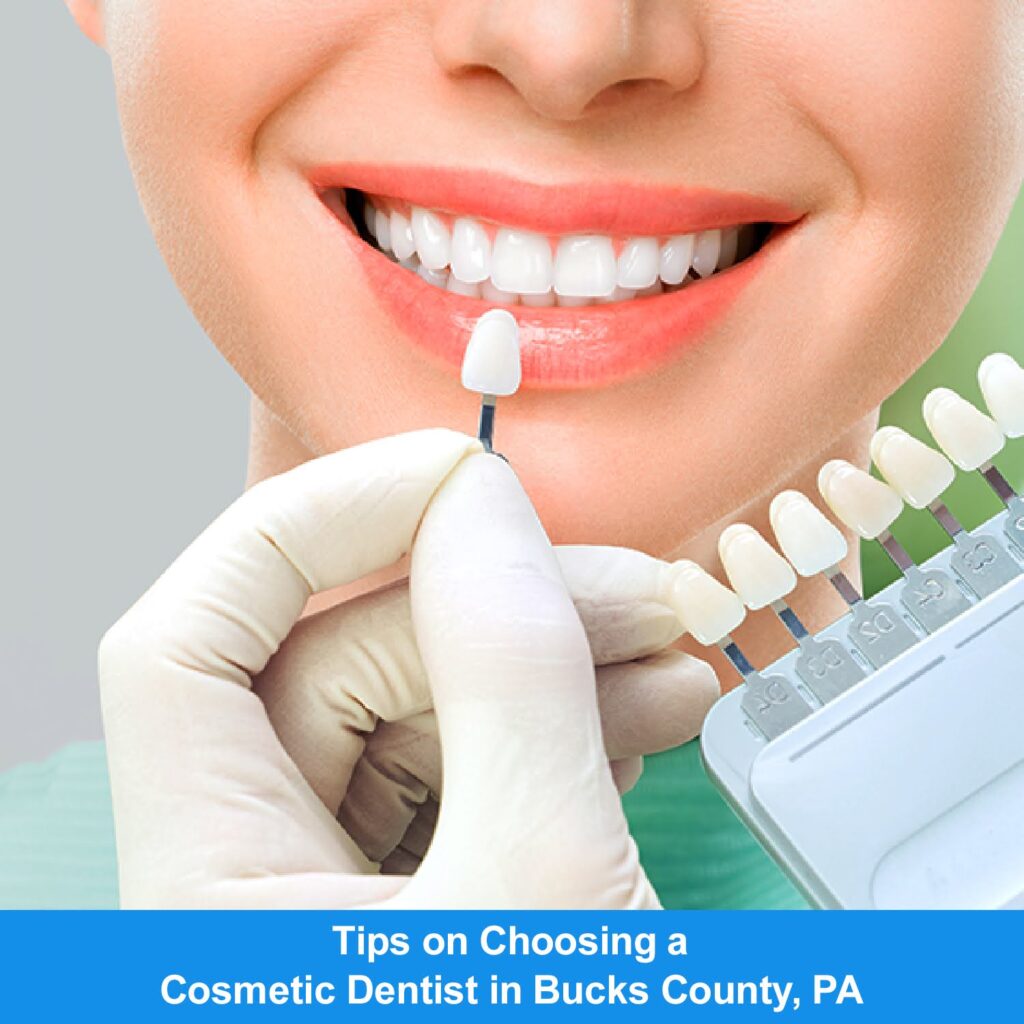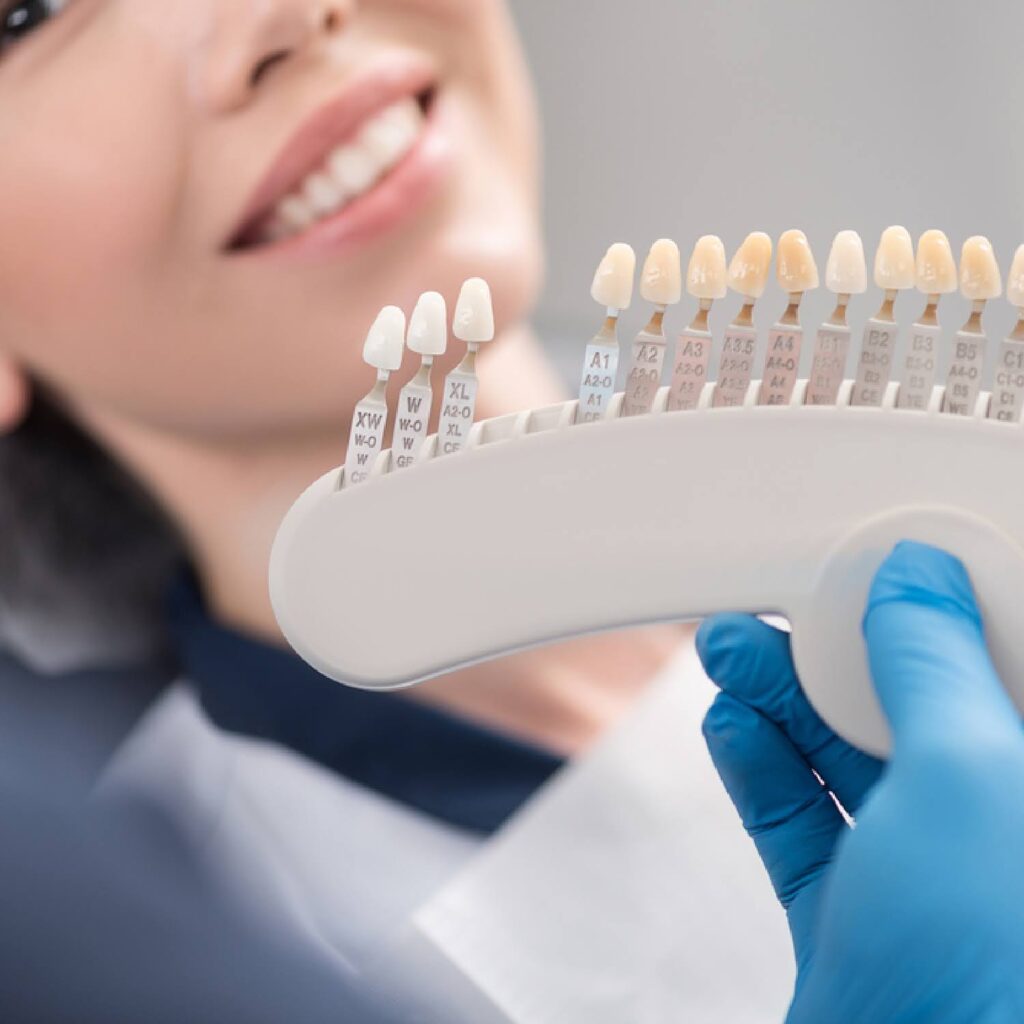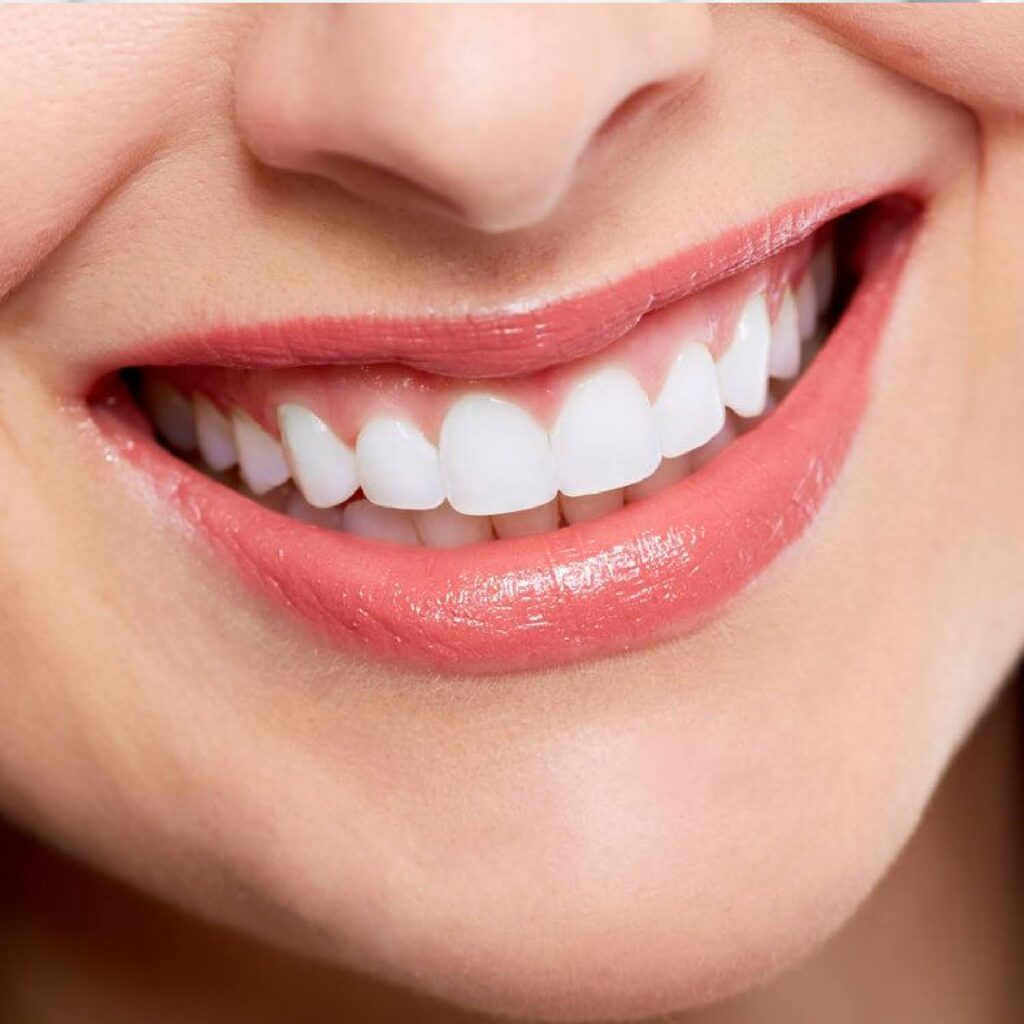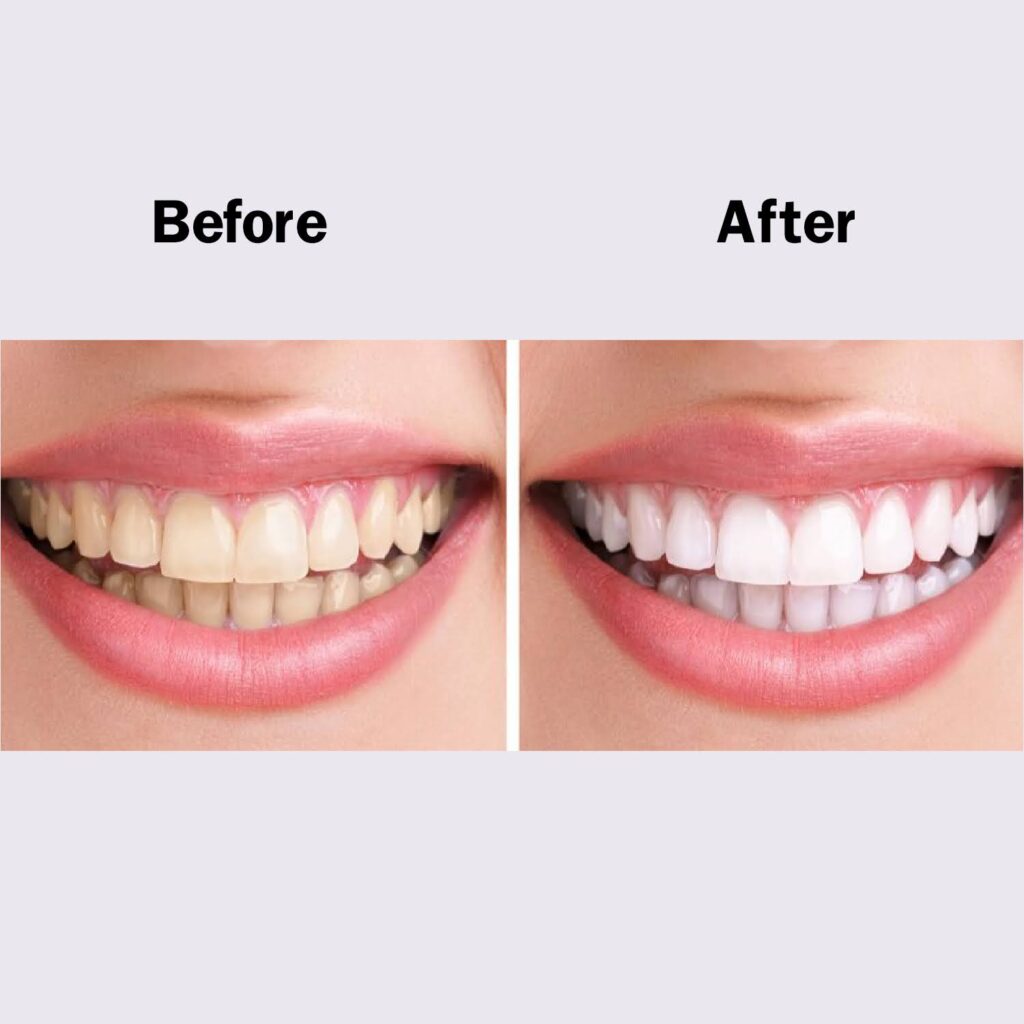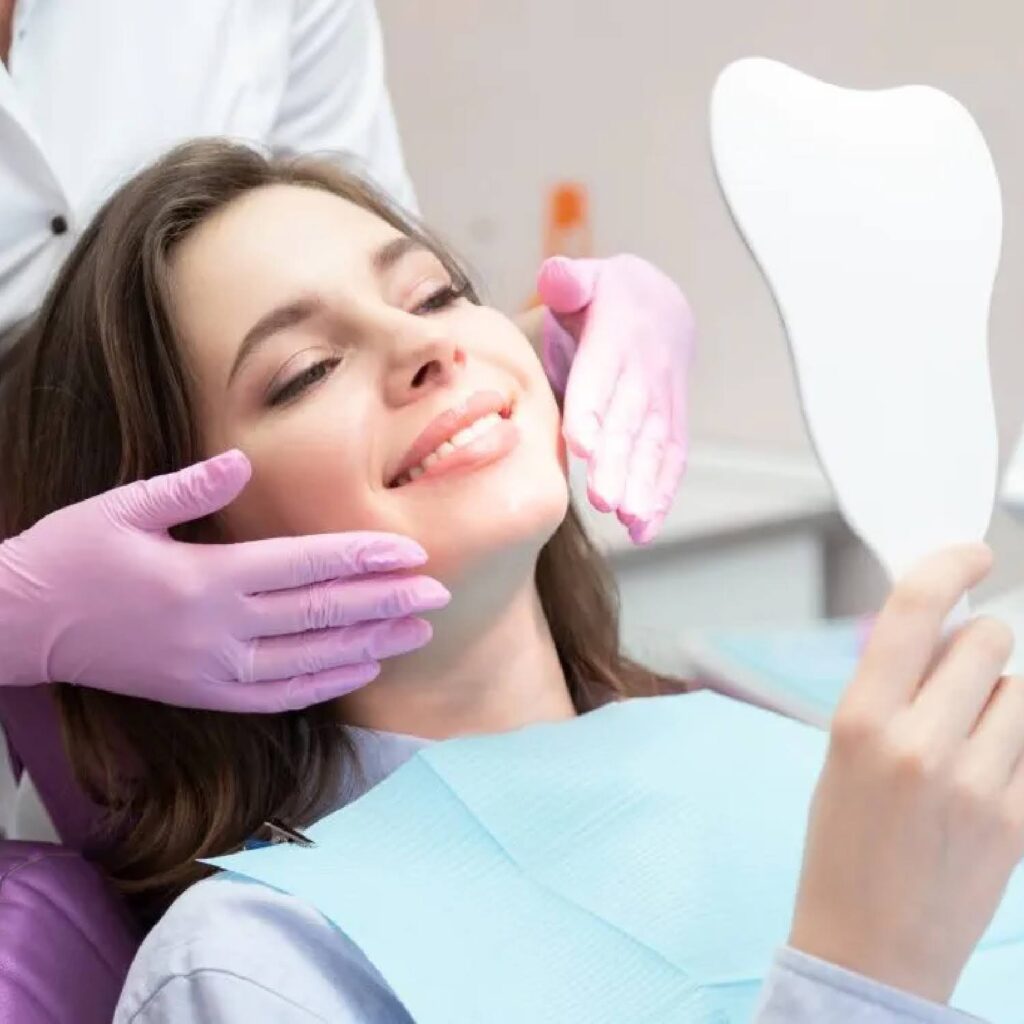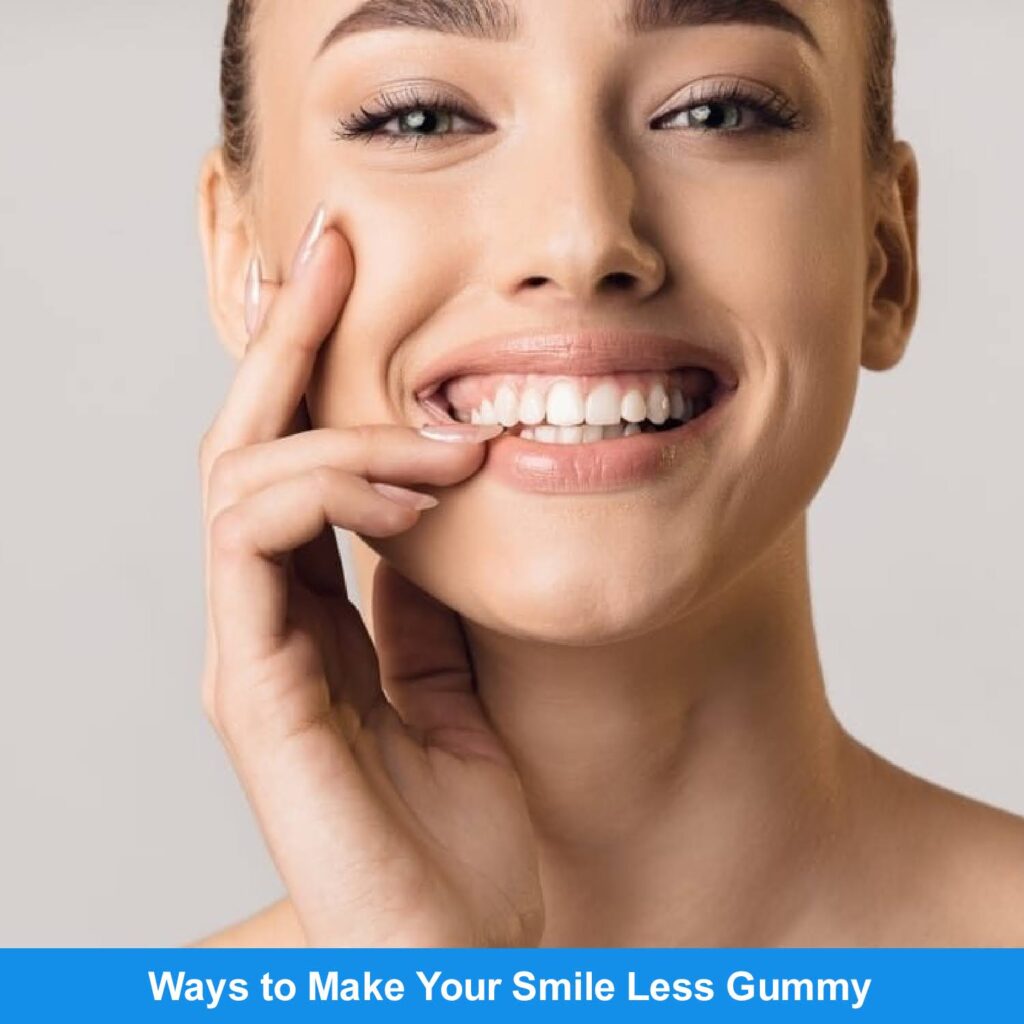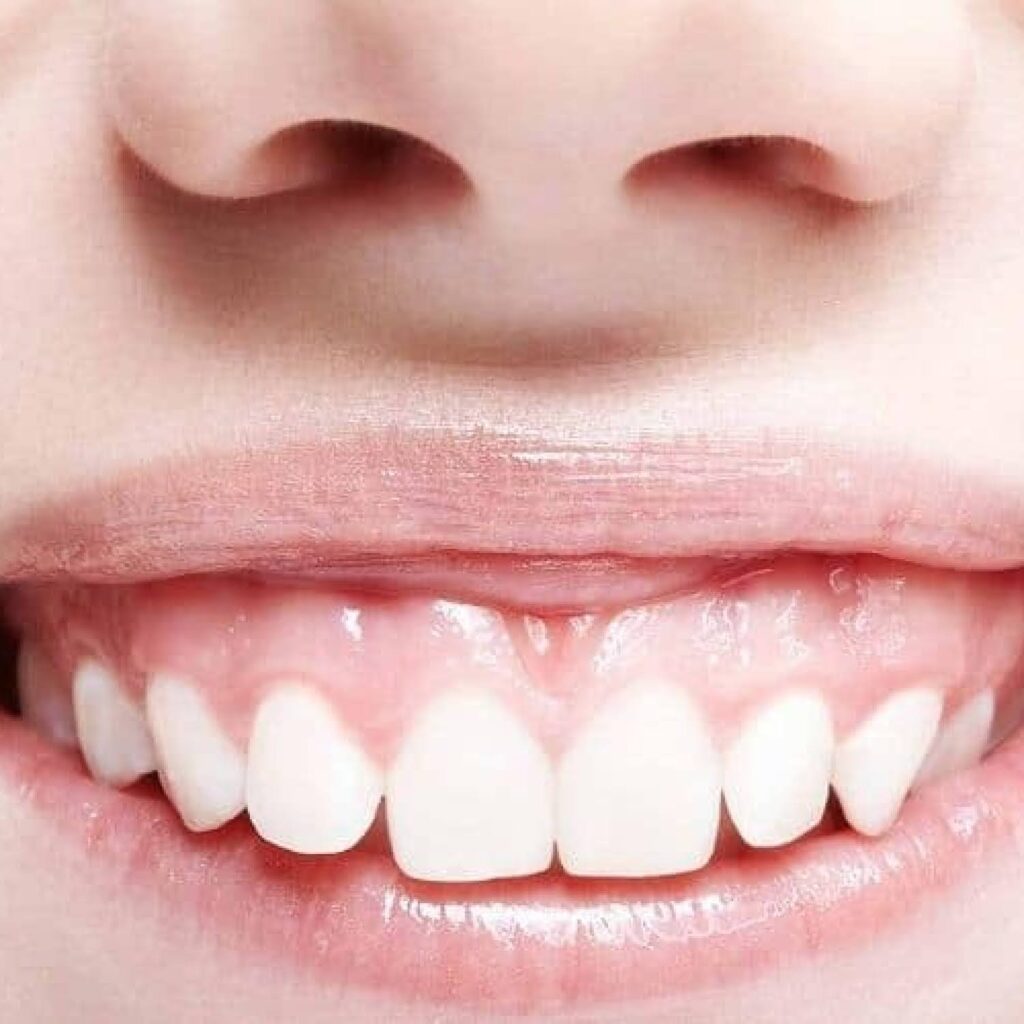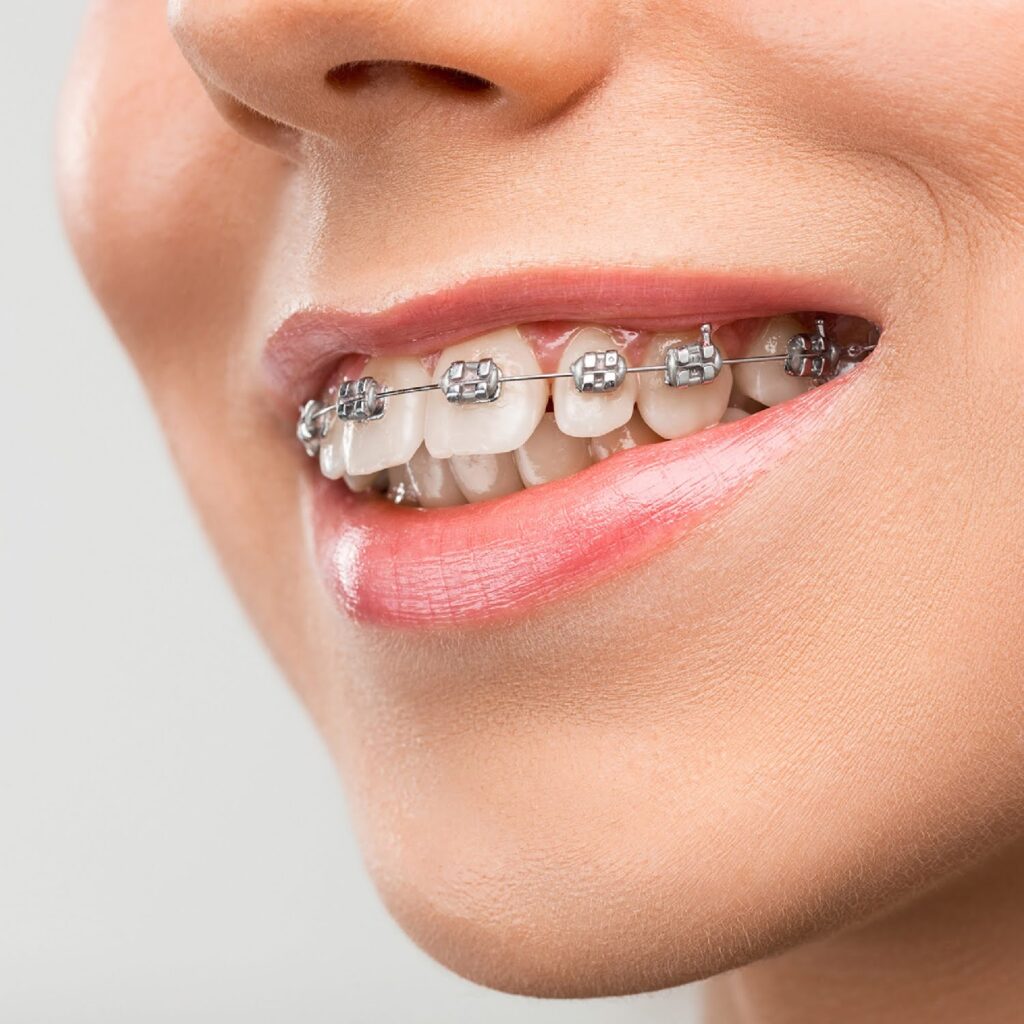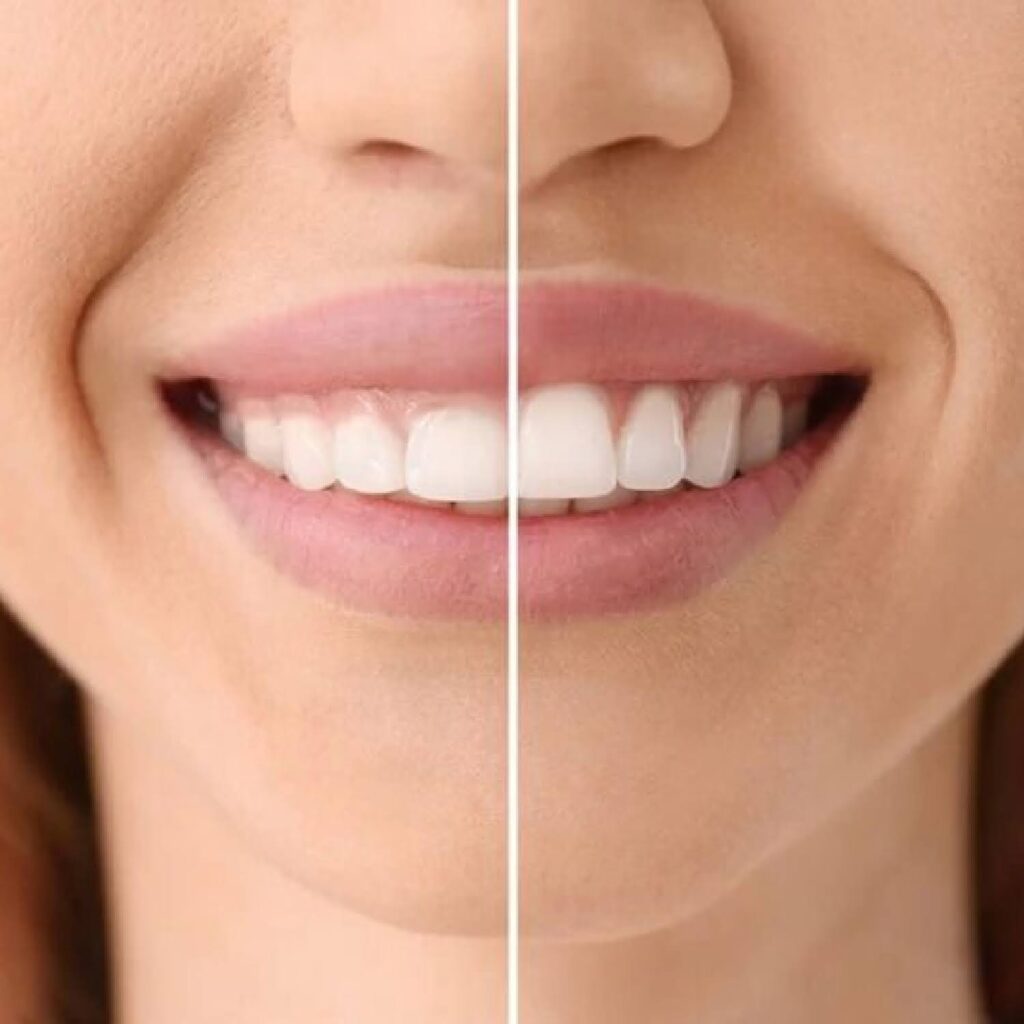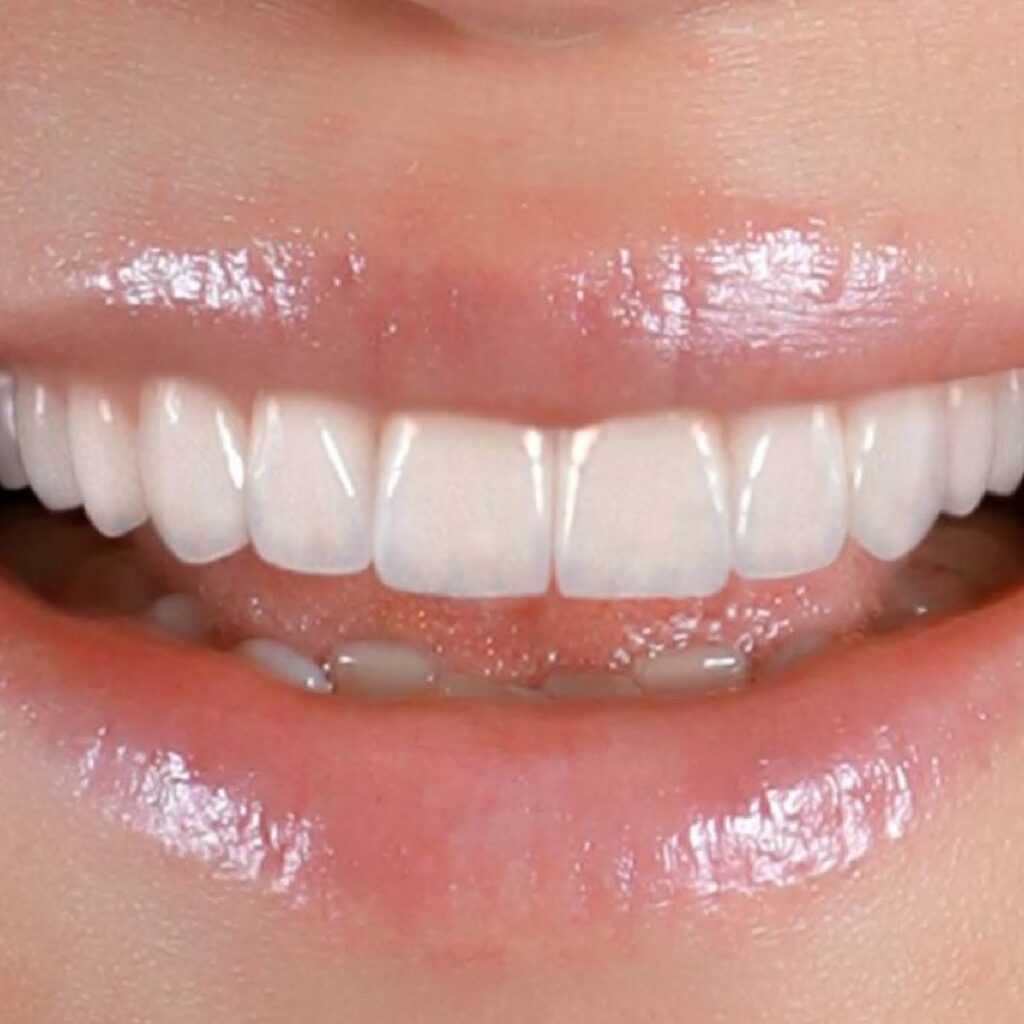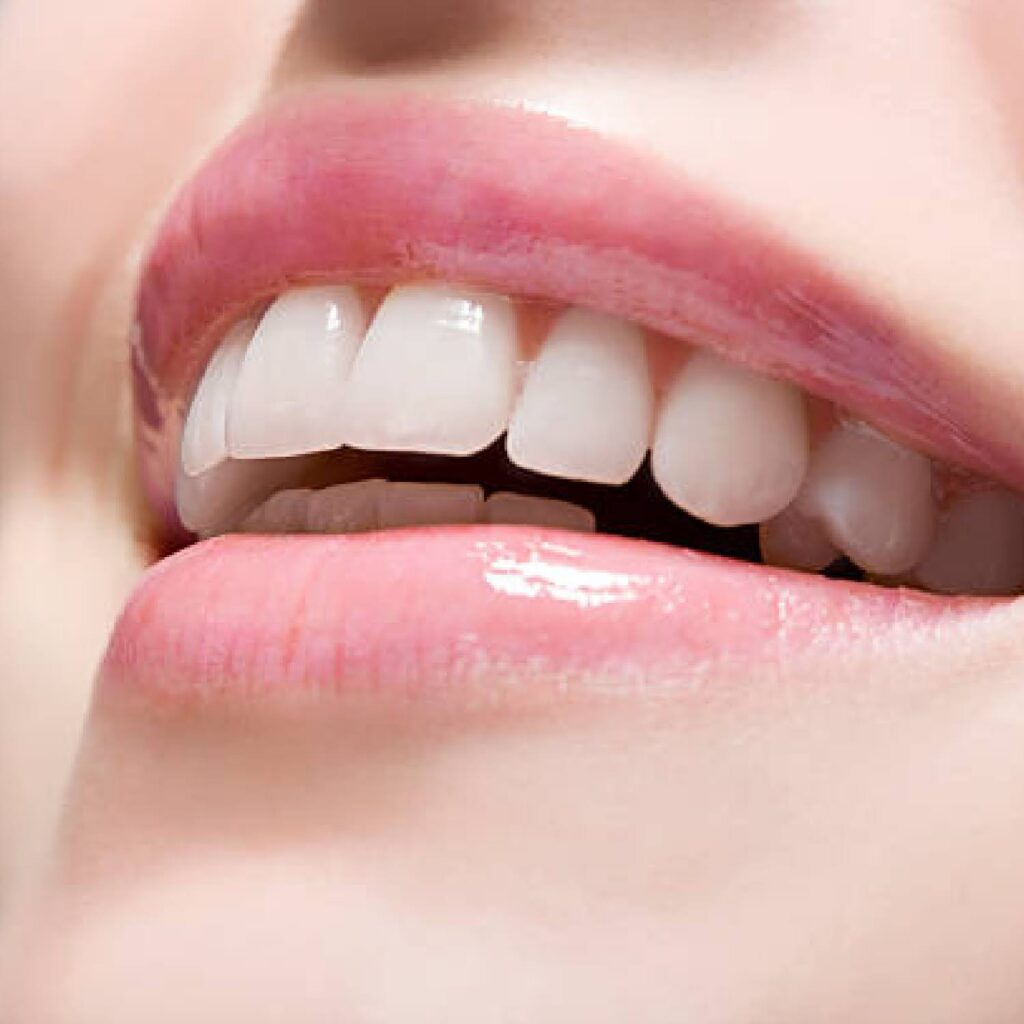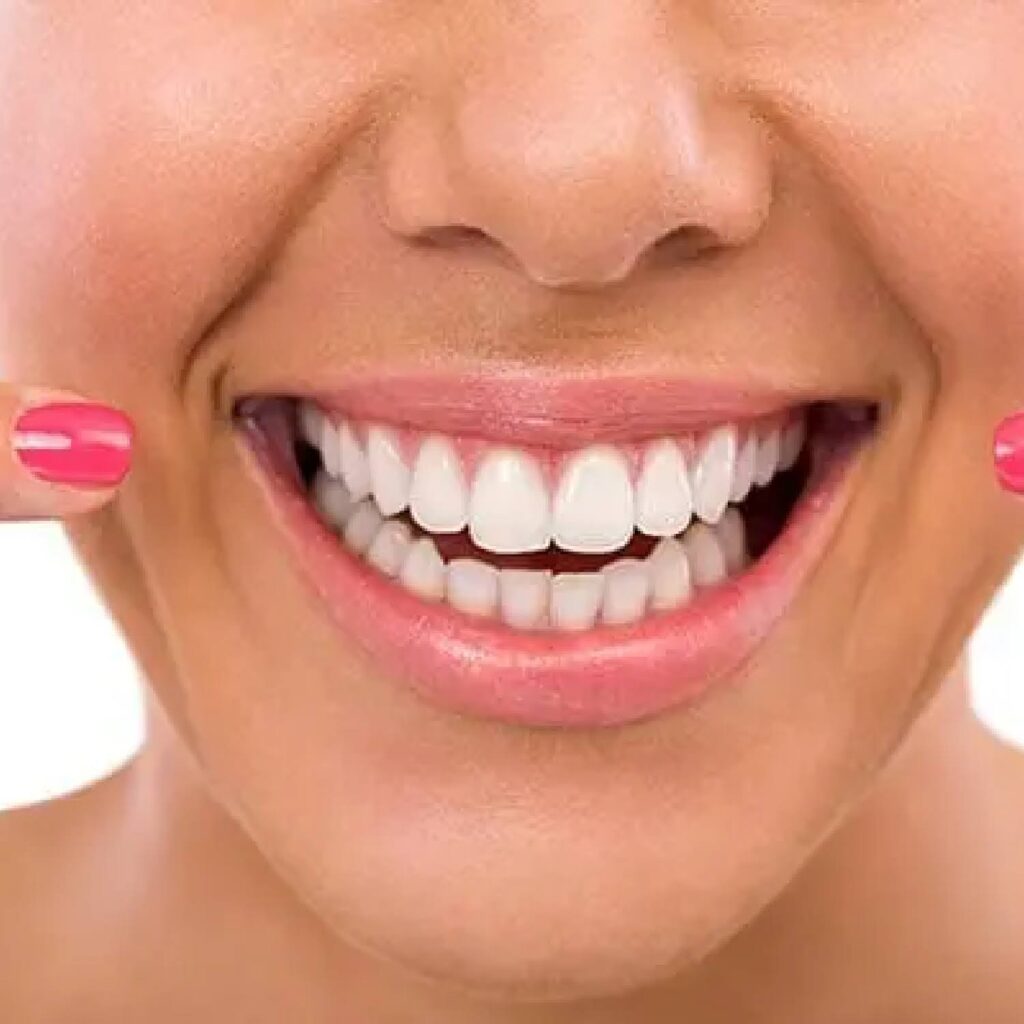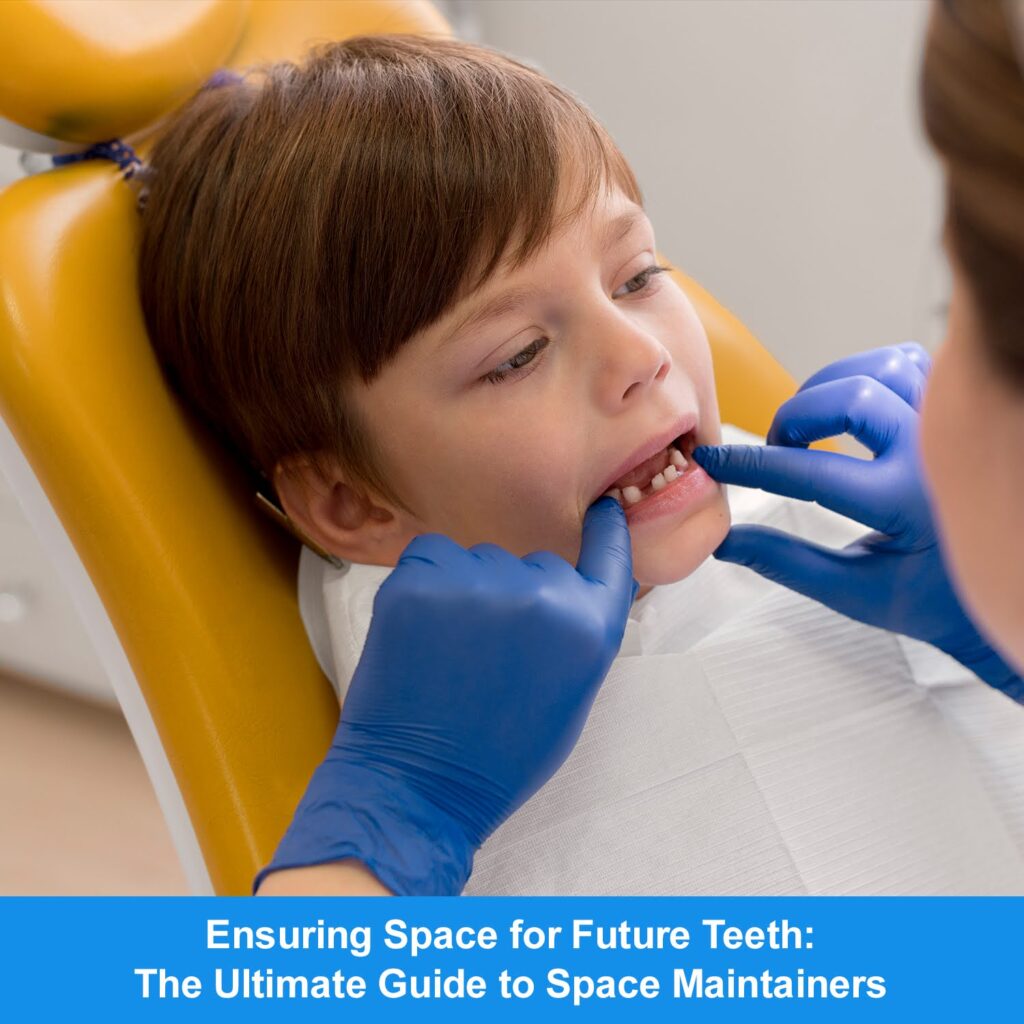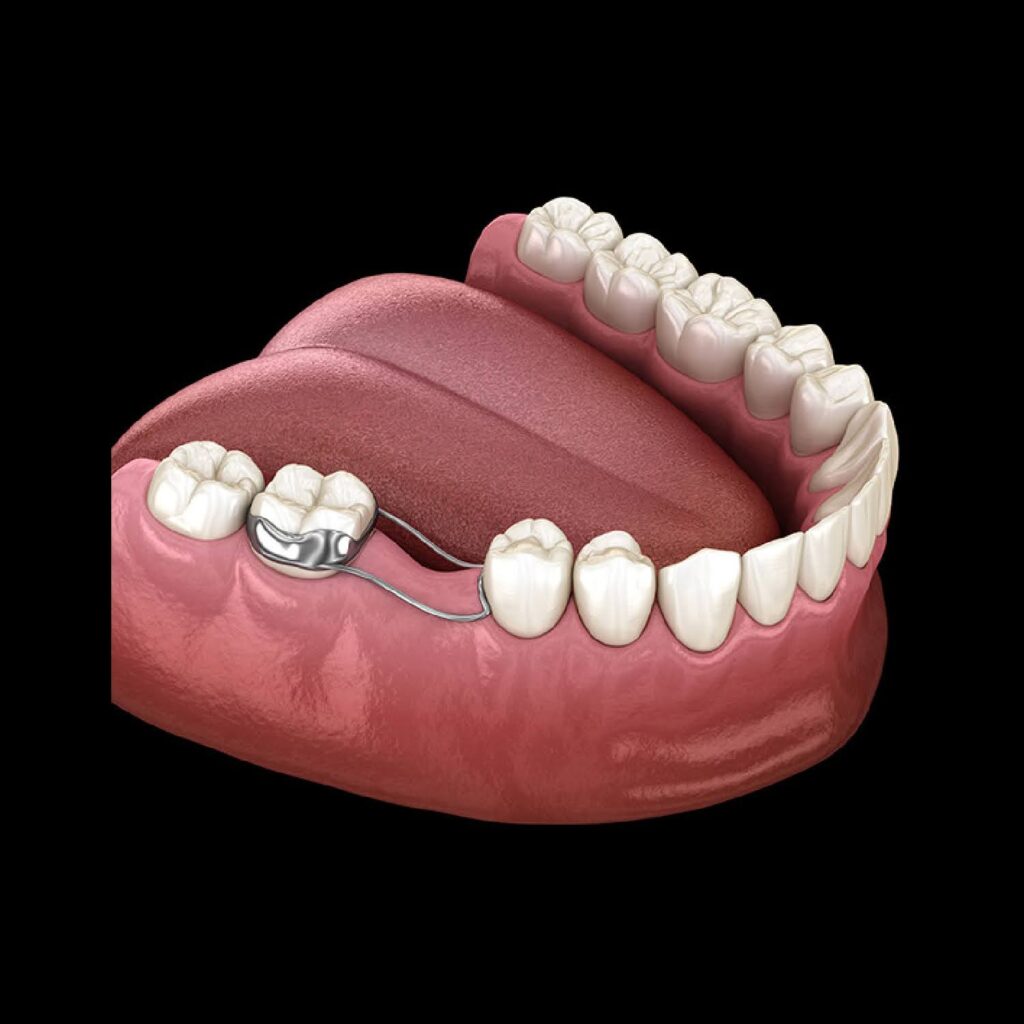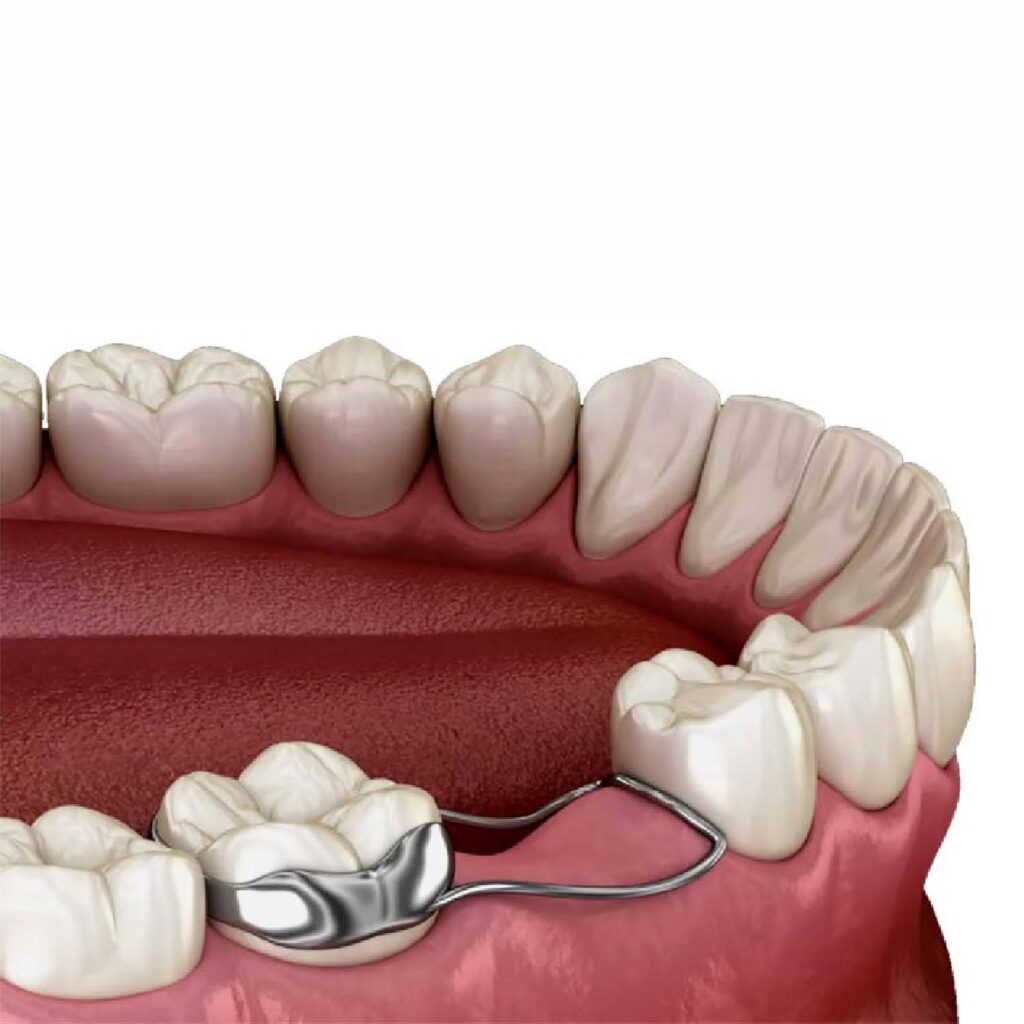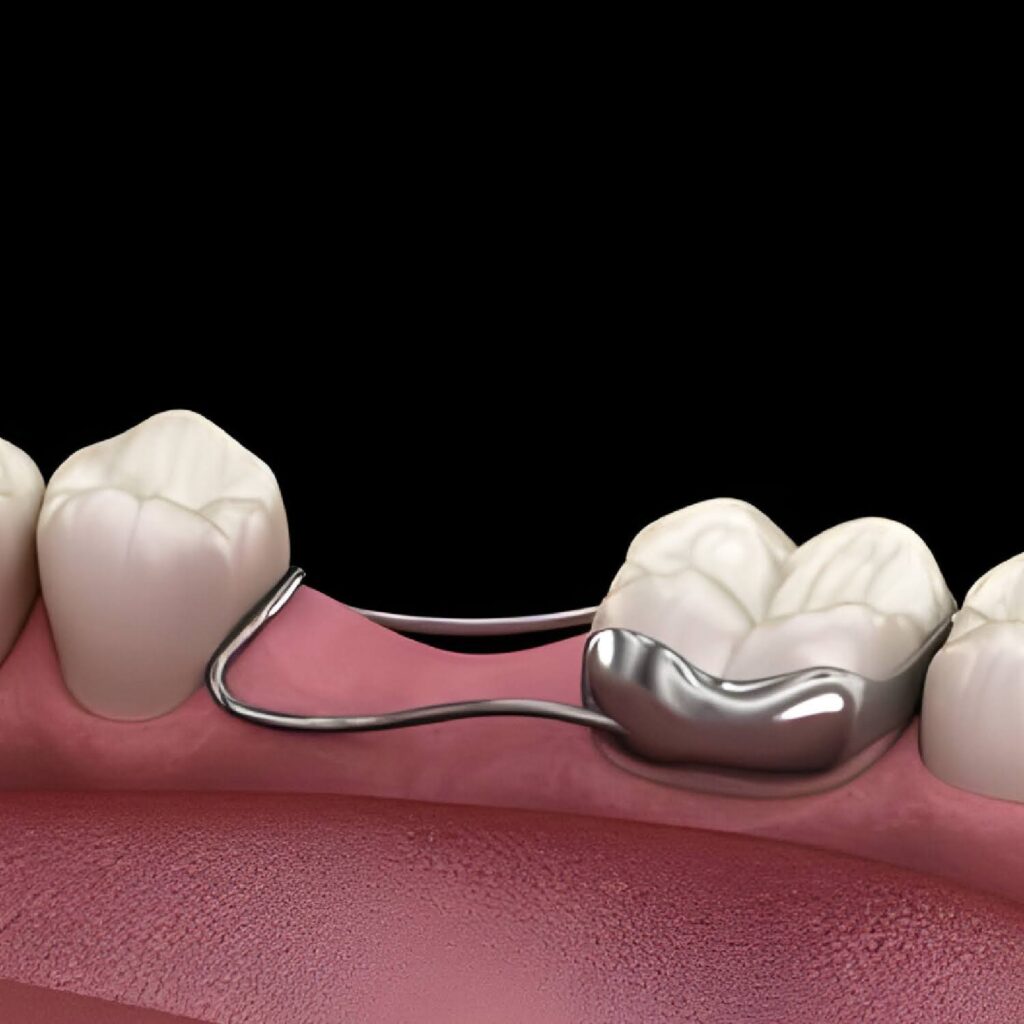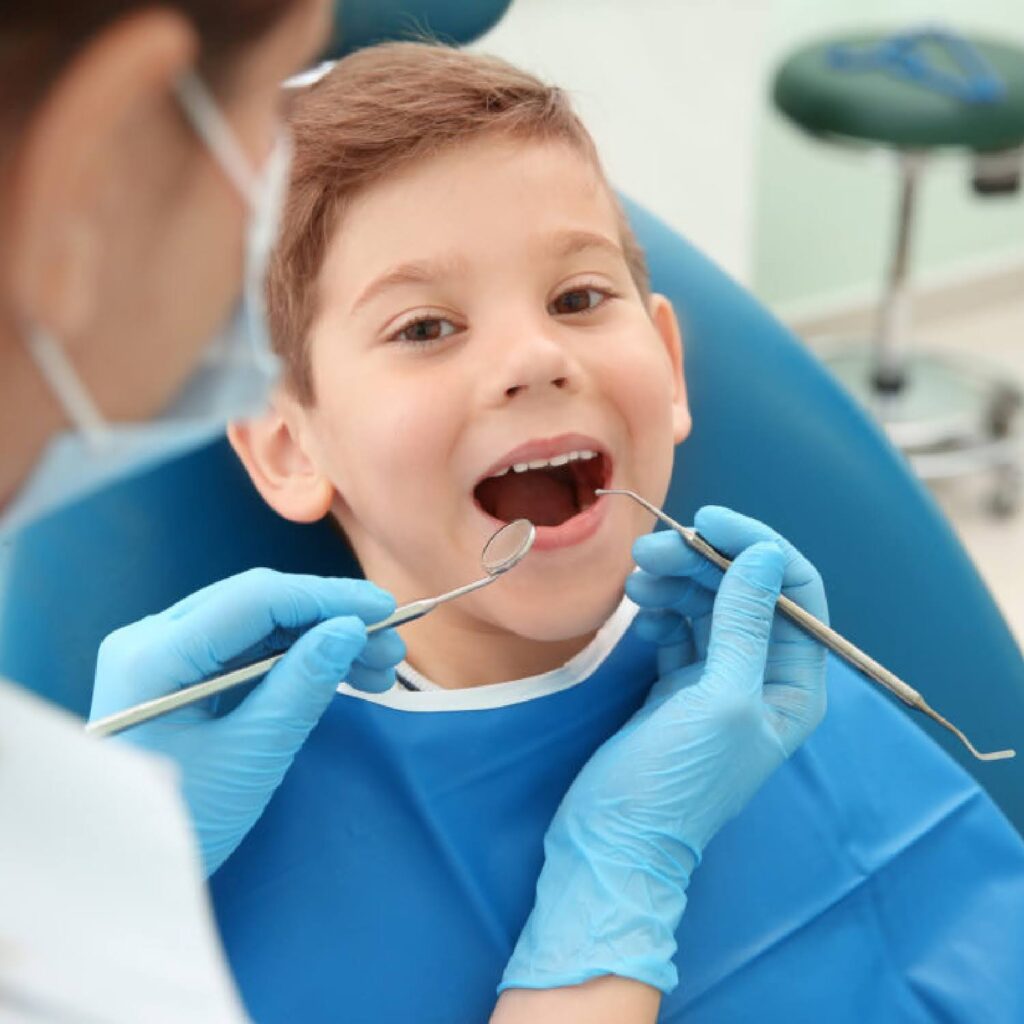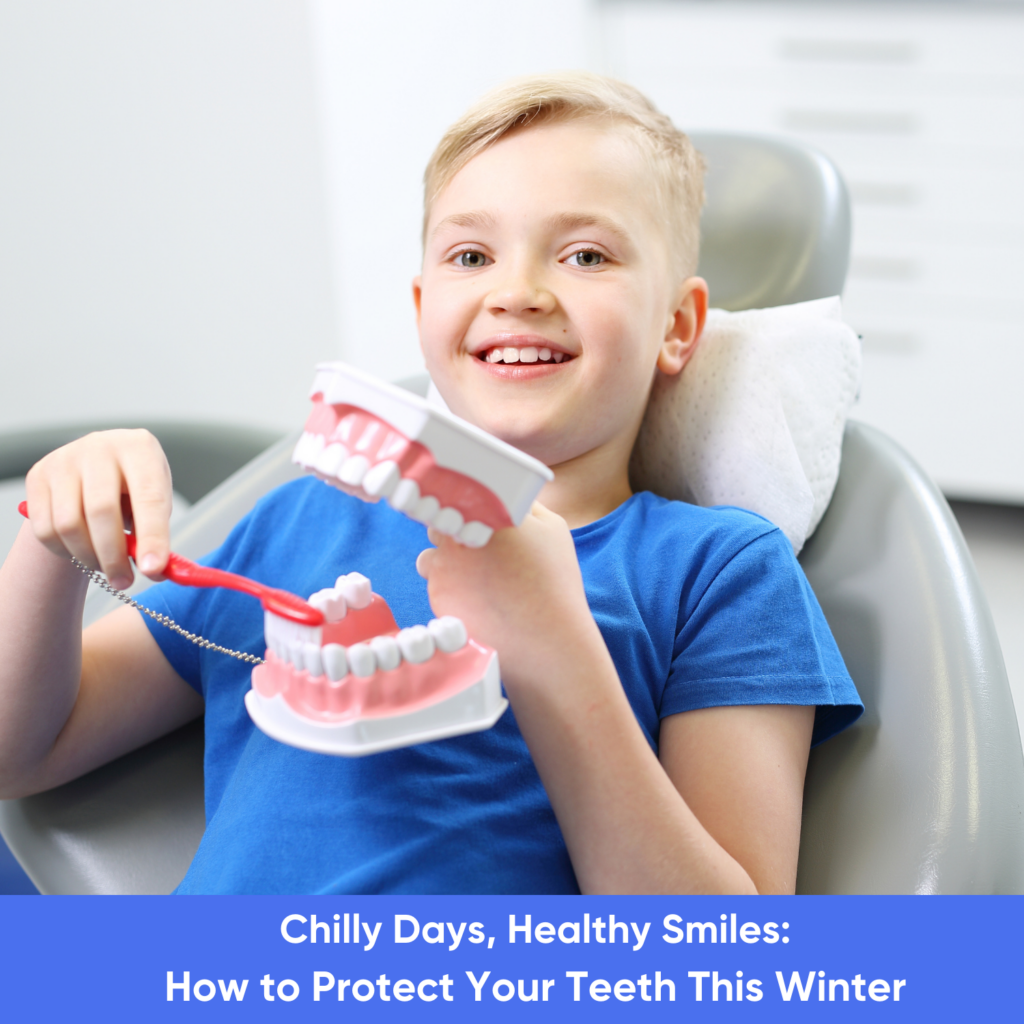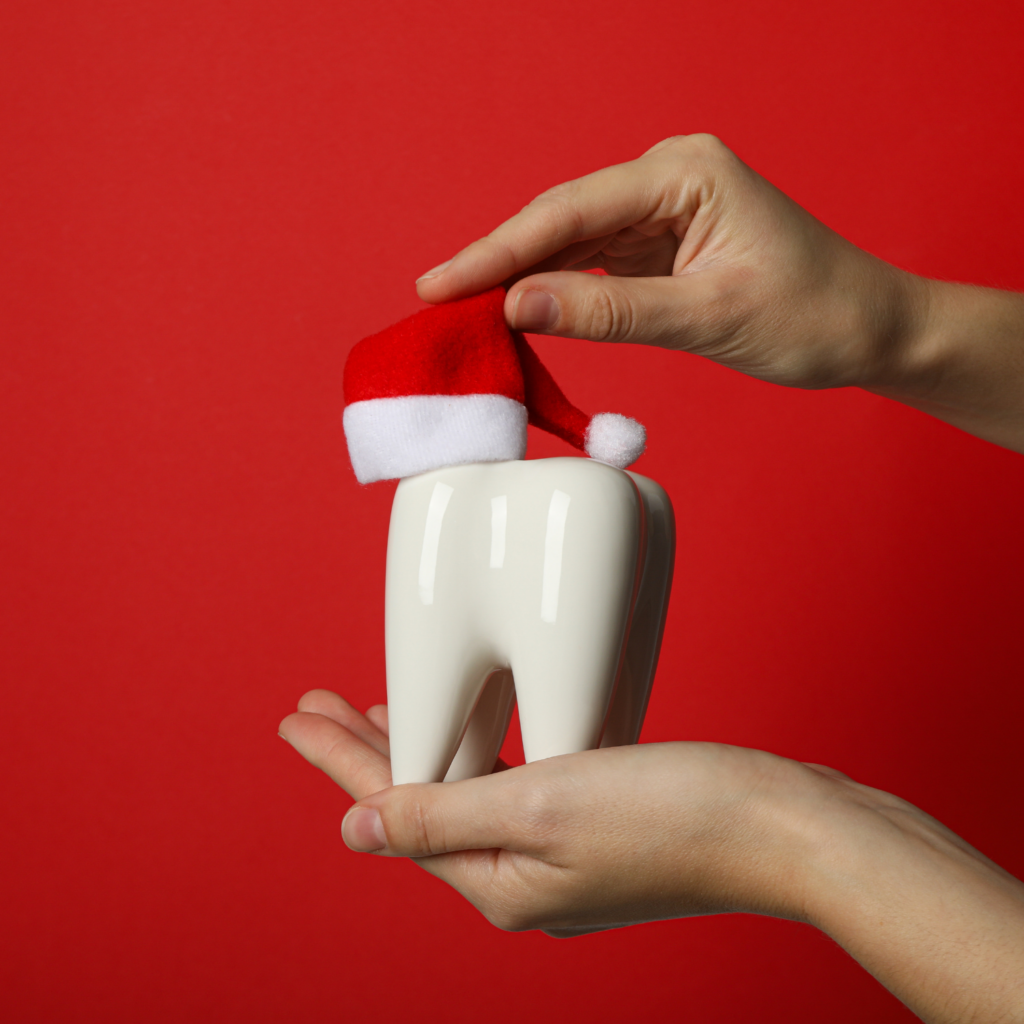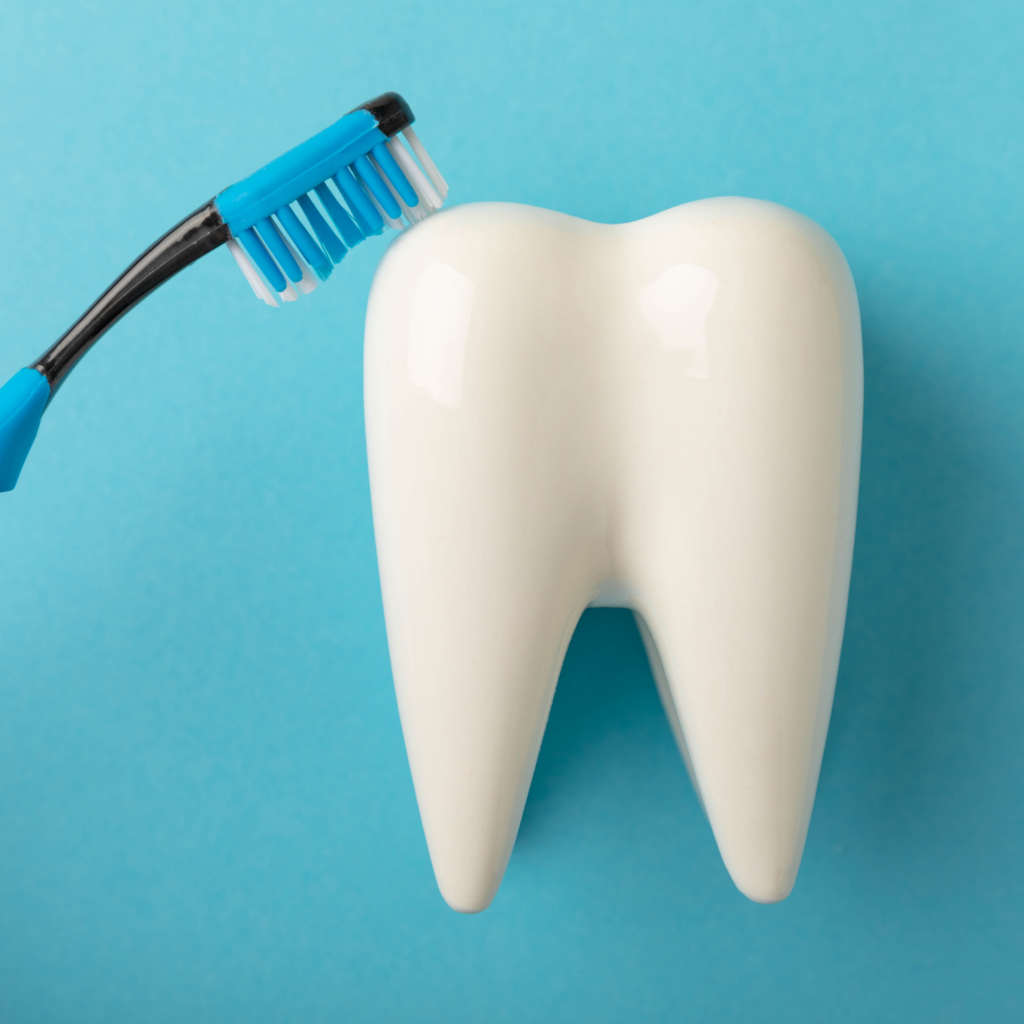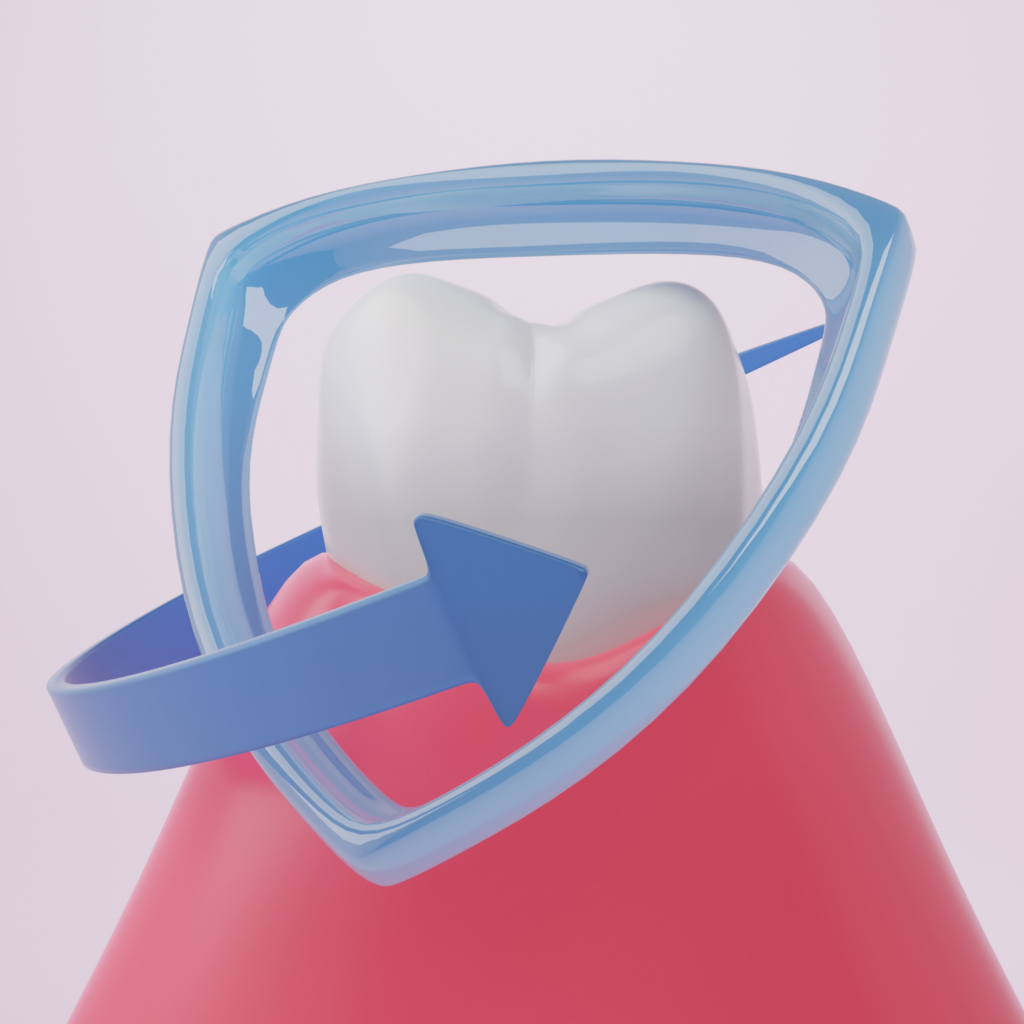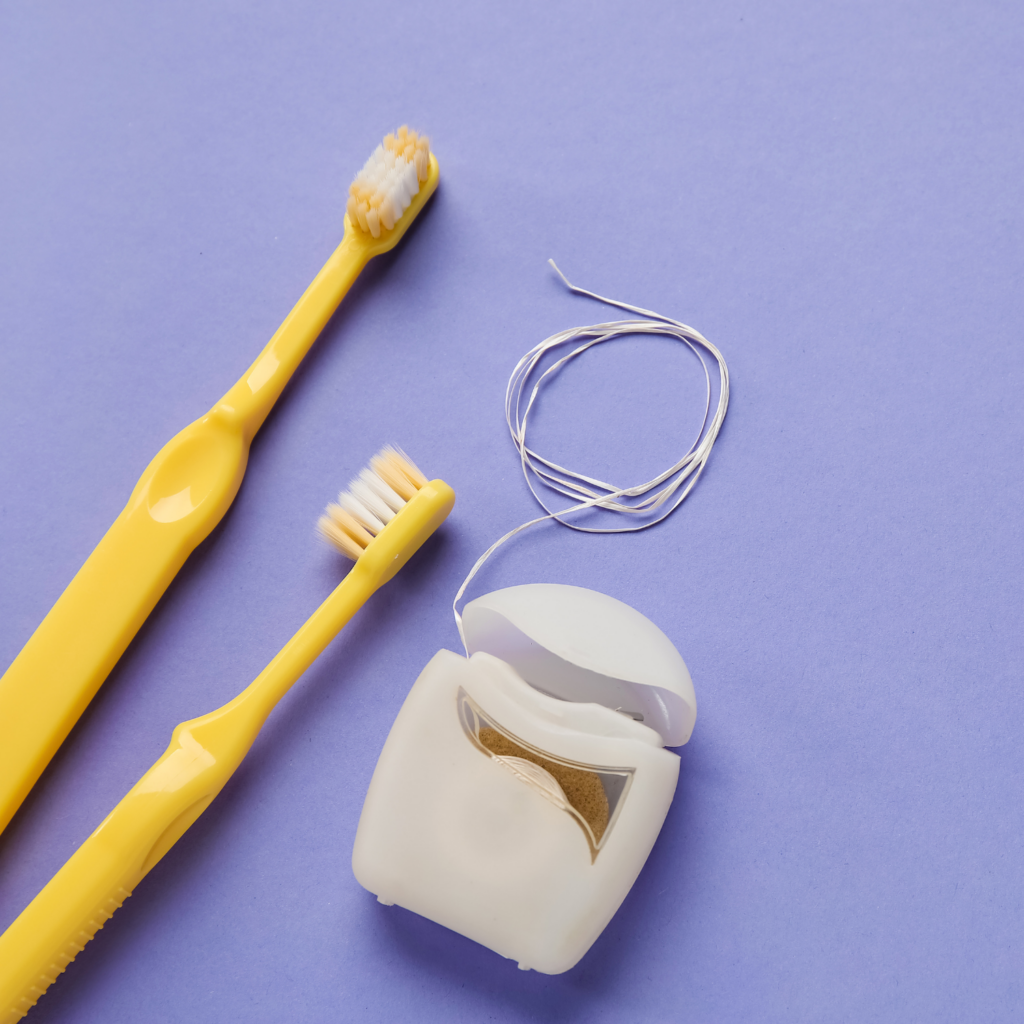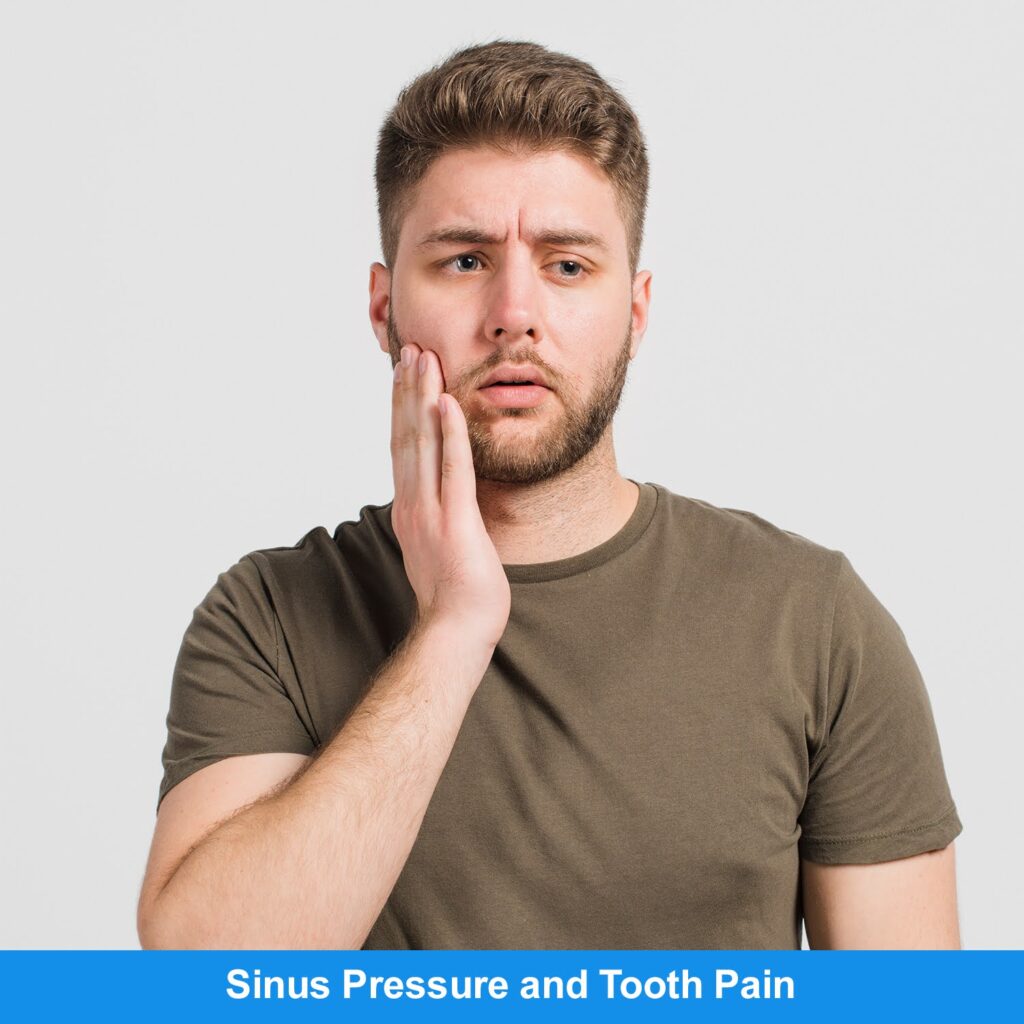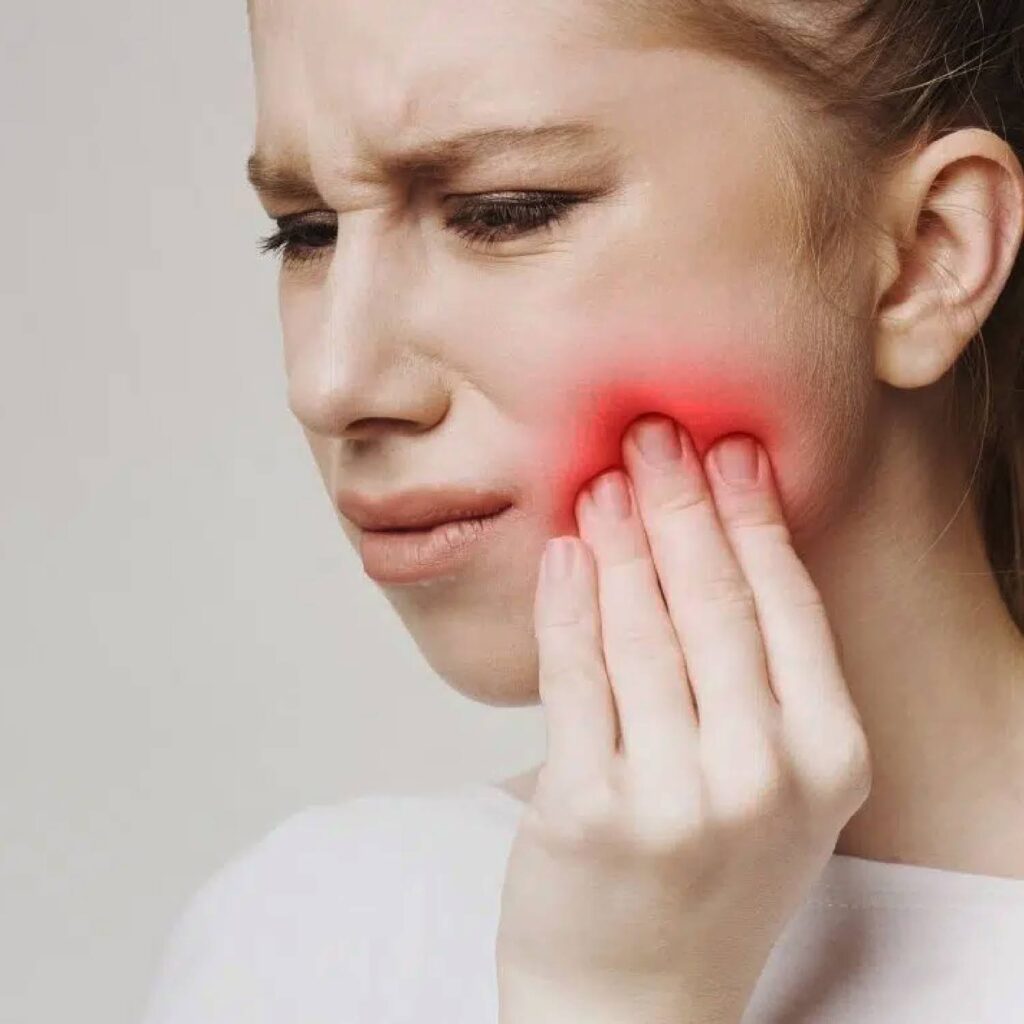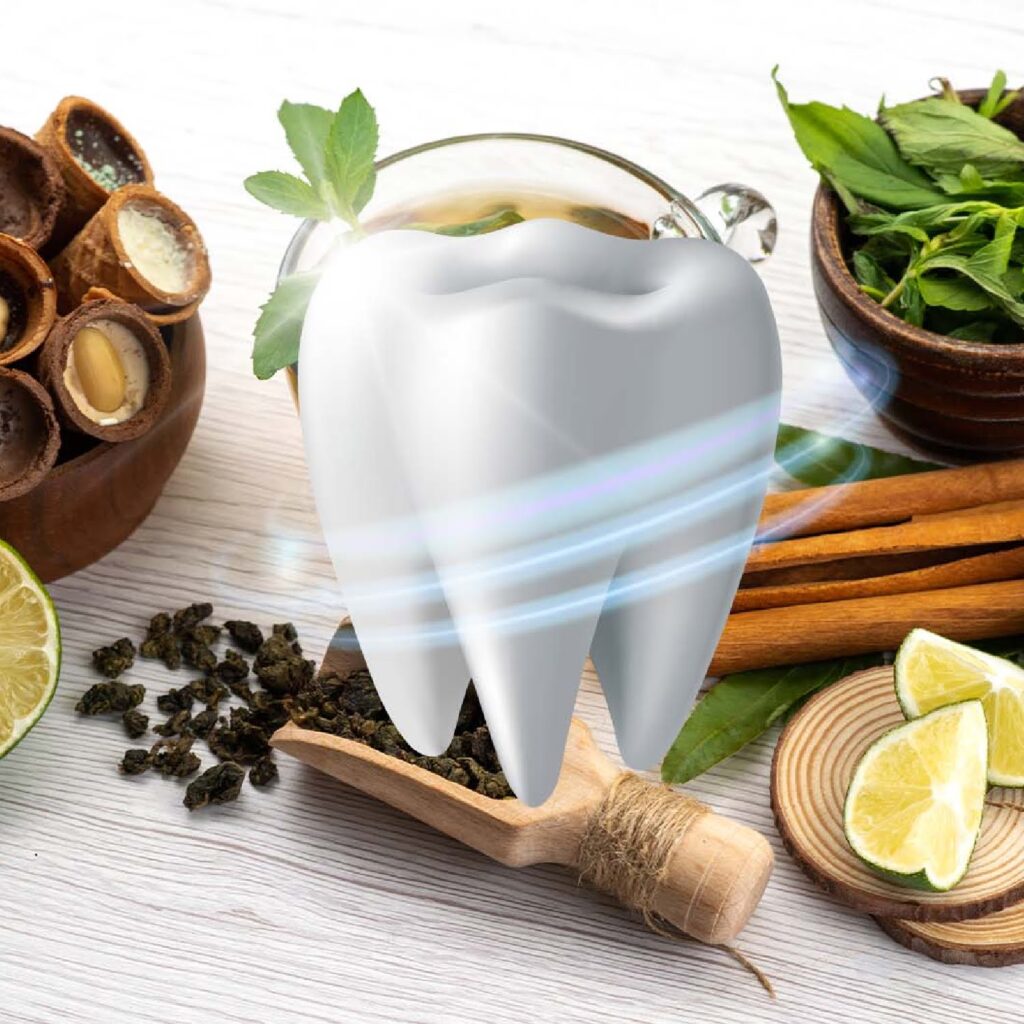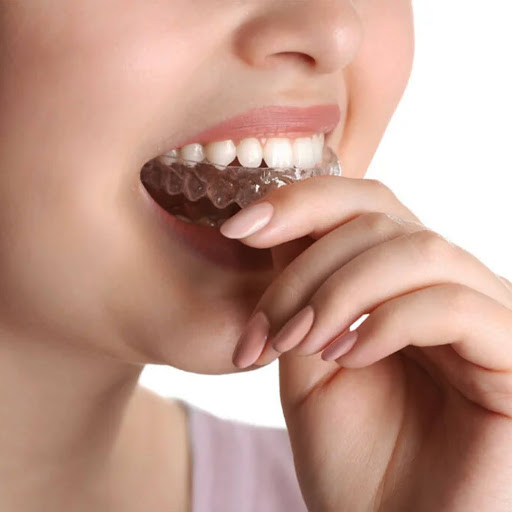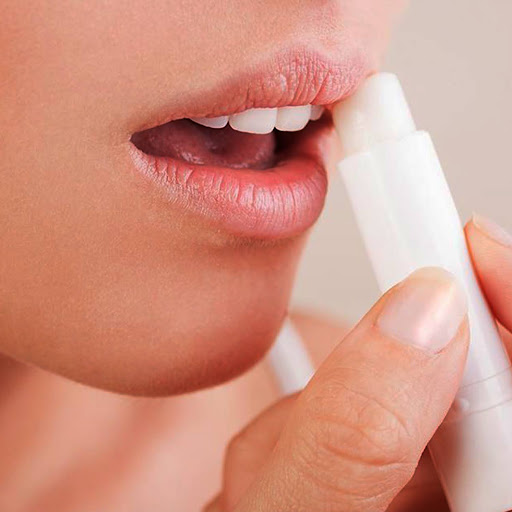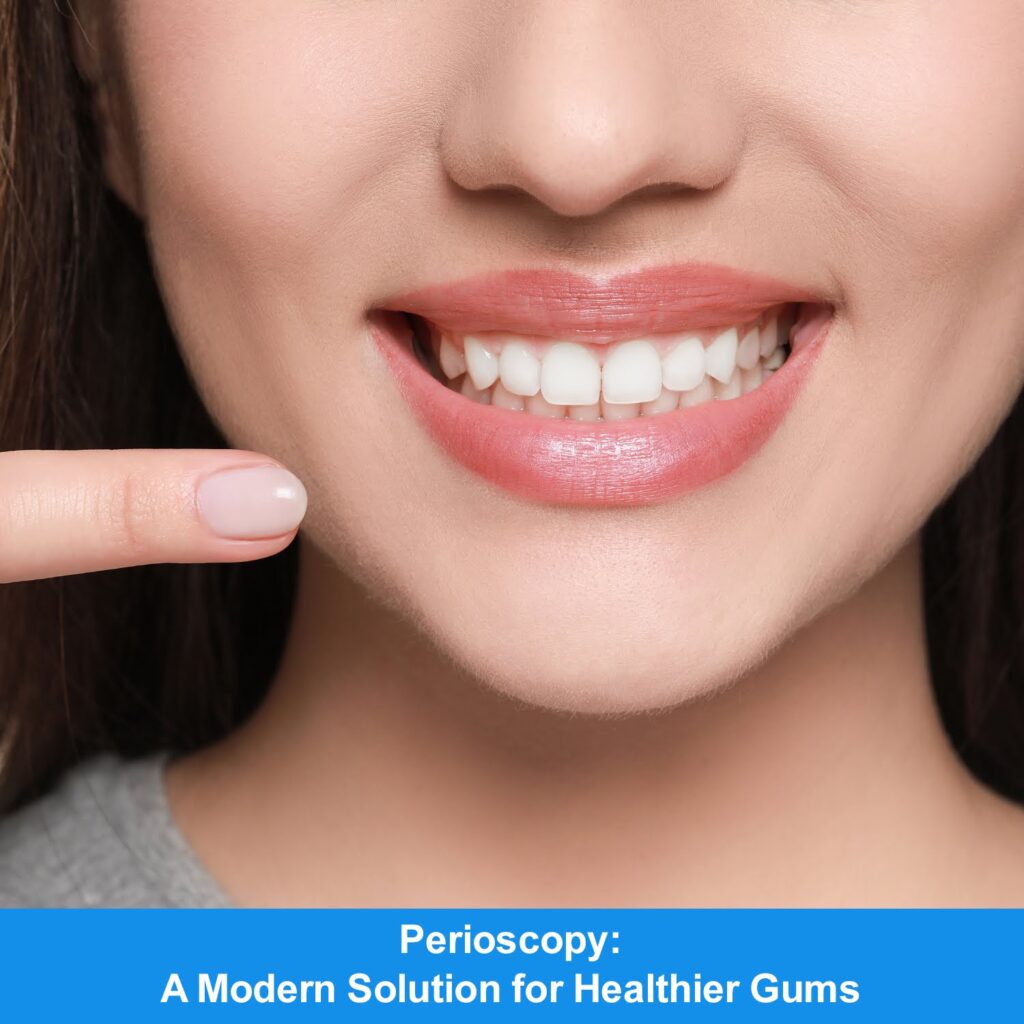
Introduction
Gum disease can harm your smile and overall dental health. If left untreated, it may weaken the jawbone and lead to tooth loss. People in cities like Bellevue, Redmond, Olympia, Mercer Island, Kirkland, Kent, and Everett face these risks. Fortunately, modern technology offers an advanced, less invasive treatment called Perioscopy.
At Premier Periodontics, experts use perioscopy to enhance scaling and root planing treatments. This method improves the management of gum disease while reducing the need for surgery. Let’s explore how perioscopy works, its benefits, and why it is an excellent option for treating gum disease.
Summary
1. What Is Perioscopy and How Does It Work?
3. How Does Perioscopy Improve Gum Disease Treatment?
6. Who Can Benefit From Perioscopy?
7. Does Perioscopy Replace Gum Surgery?
8. How to Maintain Healthy Gums After Perioscopy
1. What Is Perioscopy and How Does It Work?
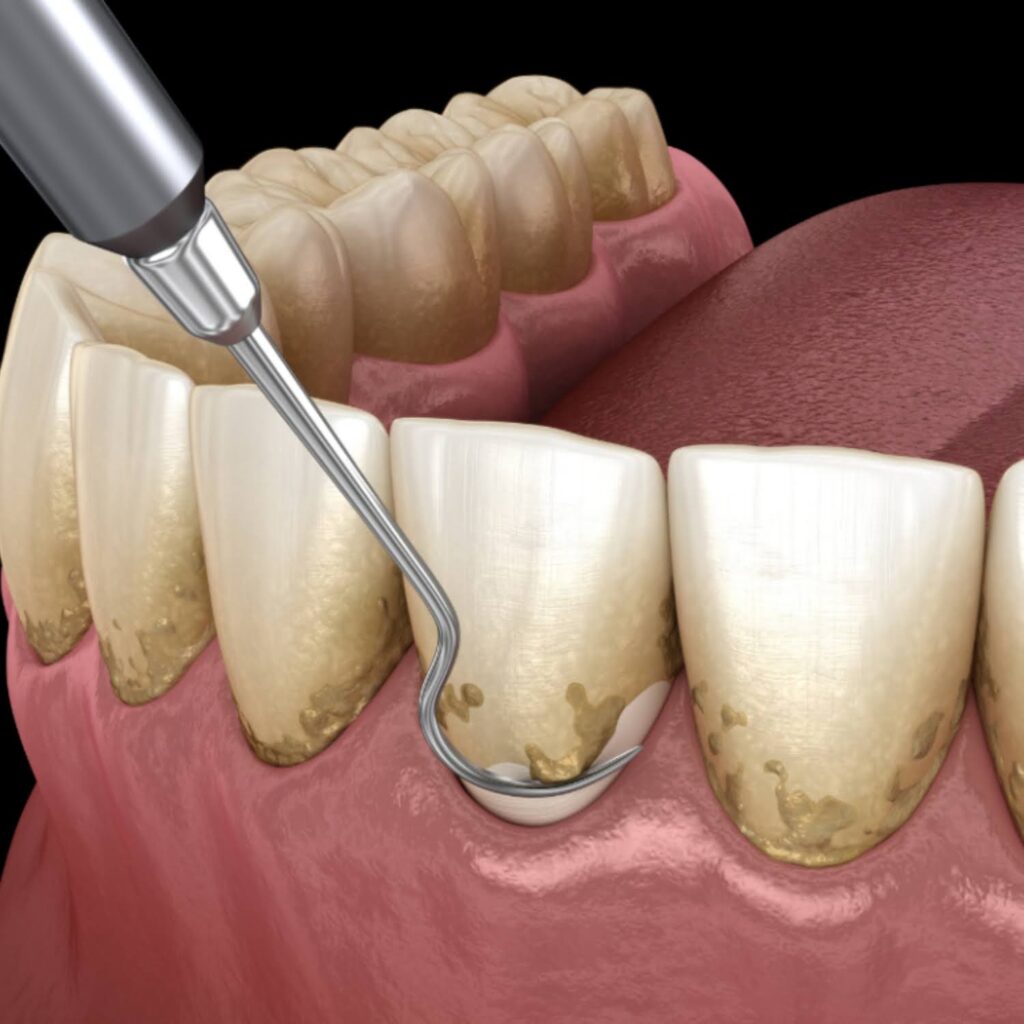
Perioscopy uses a tiny fiber-optic camera to give dentists a clear view of your gum tissues and tooth roots. This small camera, called a dental endoscope, is attached to a special instrument and carefully placed into the periodontal pocket—the space between the teeth and gums.
With 45X magnification, the dentist can see plaque and tartar buildup in real time on a computer screen. This highly detailed view allows for more precise treatment than traditional methods, making perioscopy a game-changer for gum disease treatment.
2. When Is Perioscopy Needed?
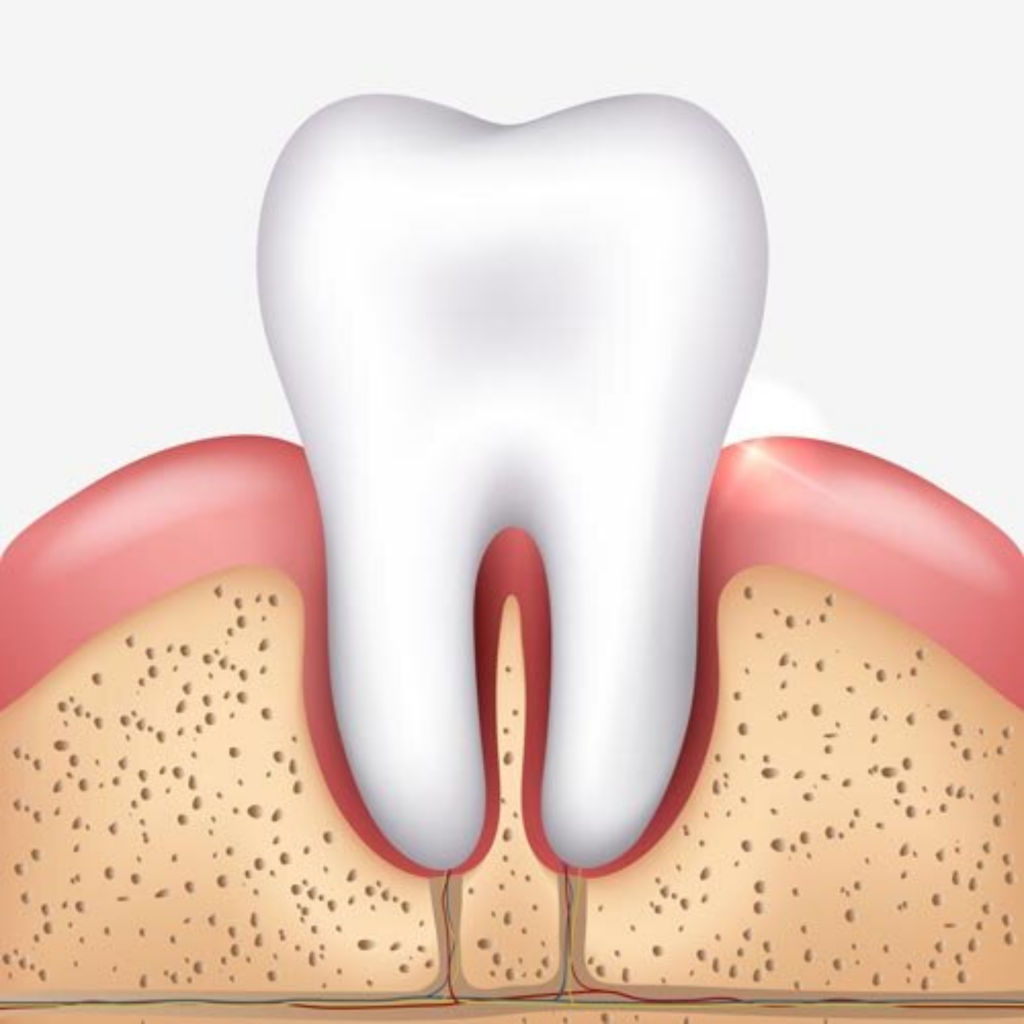
Perioscopy is recommended for patients with:
✅ Moderate to severe gum disease
✅ Deep pockets between teeth and gums
✅ Recurring gum infections
✅ Failing dental implants
It is often used alongside scaling and root planing, a standard gum disease treatment, to improve effectiveness and reduce the chances of further complications.
3. How Does Perioscopy Improve Gum Disease Treatment?
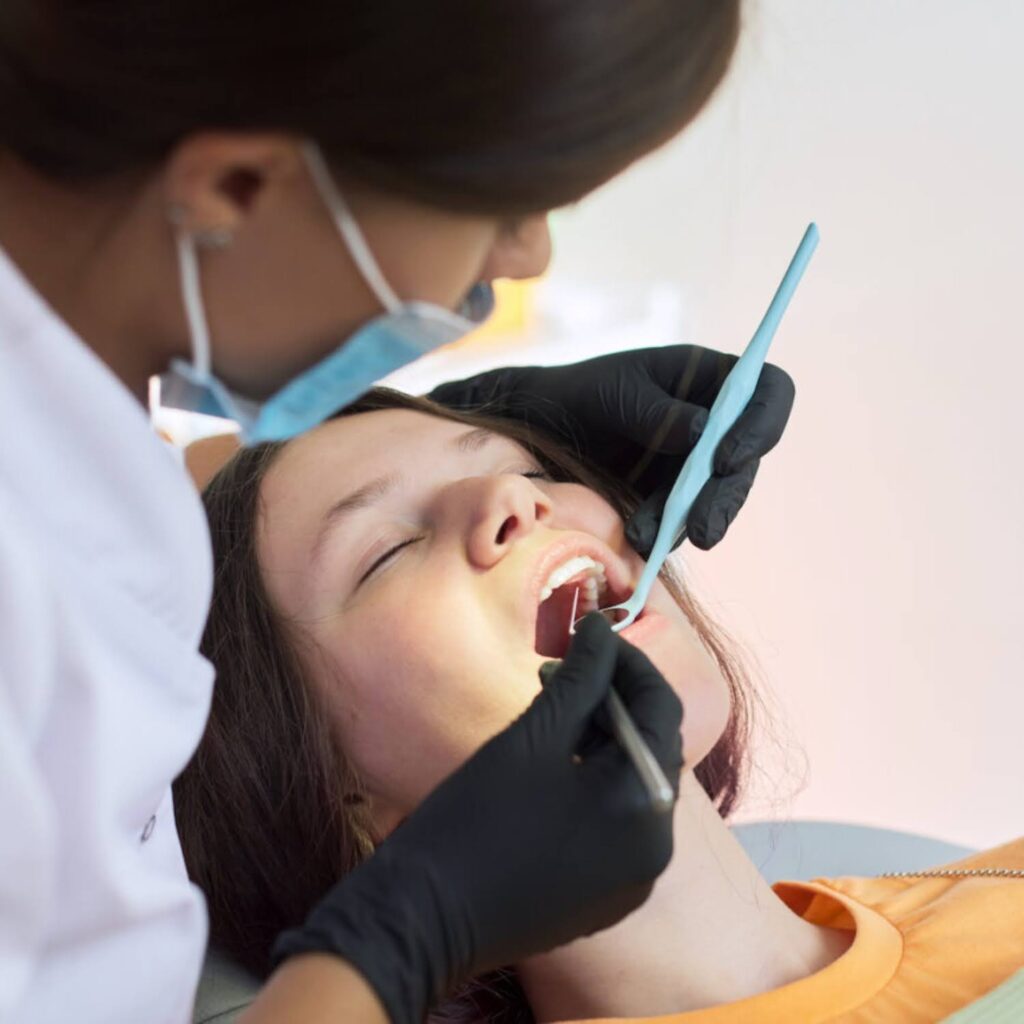
Traditional scaling and root planing treatments rely on touch perception, meaning dentists feel for plaque and tartar under the gums. While effective, some deposits may be missed.
With perioscopy, dentists can see everything clearly and remove buildup with precision. This leads to:
✔️ Better plaque and tartar removal
✔️ Lower risk of infection
✔️ Improved healing
✔️ Less need for invasive surgery
By providing a clearer view, perioscopy enhances traditional treatments and ensures long-term gum health.
4. Key Benefits of Perioscopy

Using perioscopy in gum disease treatment offers many advantages, including:
🔹 Minimally Invasive Treatment – No need for surgery, incisions, or stitches.
🔹 Faster Recovery – Little to no downtime after the procedure.
🔹 Better Gum Health – Helps control and manage gum disease effectively.
🔹 Less Need for Surgery – Reduces the chances of requiring invasive gum procedures.
🔹 Cost-Effective – Can be a more affordable alternative to surgical treatments.
🔹 Higher Treatment Success Rate – Enhances the effectiveness of scaling and root planing.
Perioscopy is an advanced yet simple solution that provides long-term benefits for patients suffering from gum disease.
5. Is Perioscopy Painful?

One of the biggest concerns for patients is whether perioscopy is painful. Fortunately, it is a comfortable procedure that usually requires only local anesthesia. Since it is minimally invasive, most patients experience little to no discomfort during and after treatment.
Many people find perioscopy much easier to tolerate than traditional gum surgery, making it a great alternative for those worried about pain and long recovery times.
6. Who Can Benefit From Perioscopy?

If you have gum disease and want an effective, non-surgical treatment, perioscopy may be ideal for you. It is especially beneficial for:
🔸 Patients with early to moderate gum disease
🔸 Those looking to avoid surgery
🔸 People with deep gum pockets
🔸 Individuals with failing dental implants
Your periodontist can determine if perioscopy is right for you after a thorough examination.
7. Does Perioscopy Replace Gum Surgery?

While perioscopy can reduce the need for surgery, it does not completely replace it. In severe cases where gum disease has caused extensive bone loss, surgical treatment may still be necessary.
However, many patients who would have needed surgery can now be treated with perioscopy instead. This means fewer risks, faster recovery, and better overall dental health.
8. How to Maintain Healthy Gums After Perioscopy
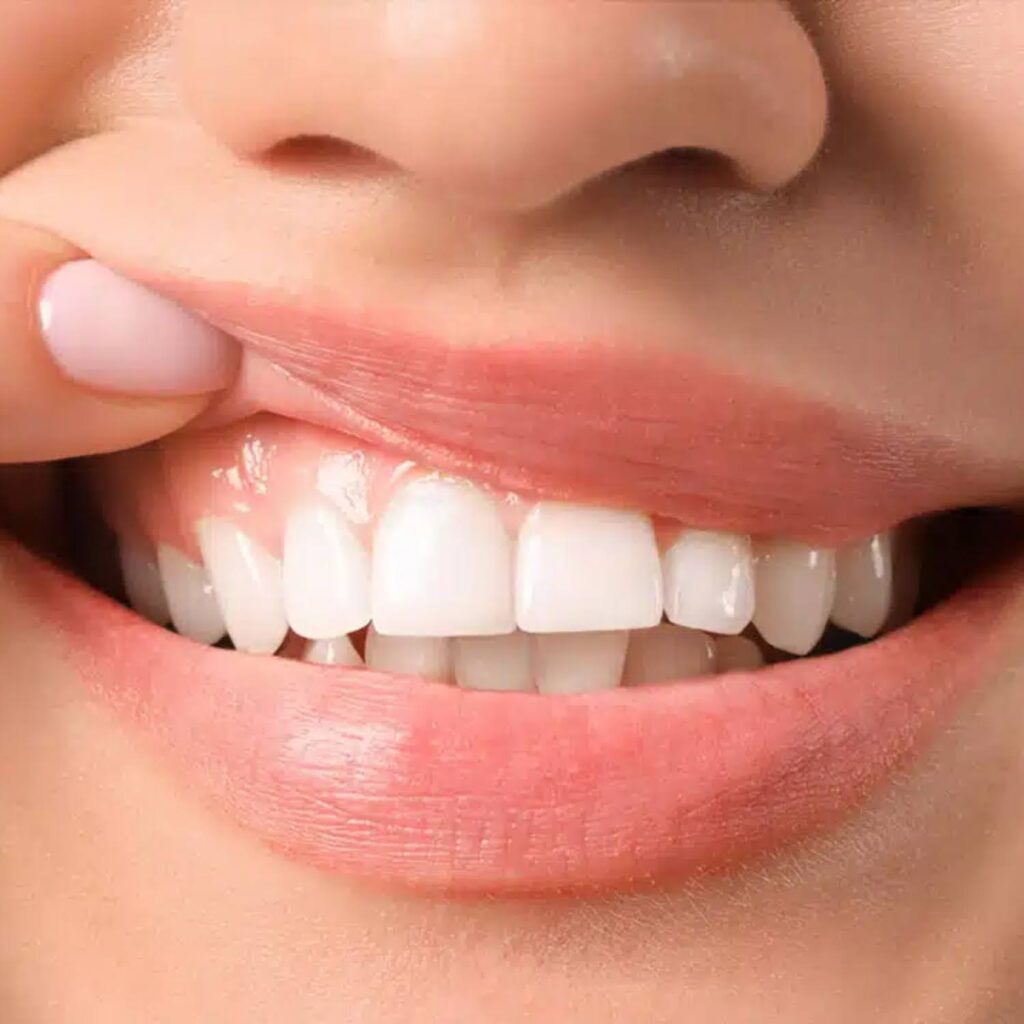
To keep your gums healthy after treatment, follow these simple oral care tips:
✔️ Brush twice a day using a soft-bristled toothbrush
✔️ Floss daily to remove plaque between teeth
✔️ Use an antibacterial mouthwash to kill bacteria
✔️ Visit your dentist regularly for professional cleanings
✔️ Eat a balanced diet rich in vitamins and minerals
By maintaining good oral hygiene, you can prevent gum disease from returning and keep your smile healthy.
Frequently Asked Questions (FAQs)
Q.1. What is perioscopy used for?
A.1. Perioscopy is used to treat gum disease by giving dentists a detailed view of the gums and tooth roots, allowing for better cleaning and treatment.
Q.2. Is perioscopy better than traditional gum disease treatments?
A.2. Yes! Perioscopy allows dentists to see plaque and tartar directly, making treatments more precise and effective compared to traditional methods.
Q.3. Does perioscopy hurt?
A.3. No, perioscopy is a minimally invasive procedure that causes little to no pain. Local anesthesia is used to keep patients comfortable.
Q.4. How long does perioscopy treatment take?
A.4. The procedure usually takes about one to two hours, depending on the severity of gum disease and the areas being treated.
Q.5. Can perioscopy completely cure gum disease?
A.5. Perioscopy helps manage and control gum disease, but maintaining good oral hygiene and visiting the dentist regularly are essential for long-term success.
Conclusion
Gum disease can lead to serious dental problems if not treated early. Perioscopy offers a safe, non-surgical, and highly effective way to remove bacteria and restore gum health. Unlike traditional treatments, this advanced technology allows dentists to see deep into the gums, ensuring a more precise and thorough cleaning. It also reduces the need for surgery, making it a comfortable and affordable option for many patients.
If you have symptoms like bleeding gums, persistent bad breath, or gum pain, don’t ignore them. Gum disease worsens over time and can lead to tooth loss if left untreated. Perioscopy provides a minimally invasive solution to help protect your teeth and gums. Visit a periodontist today to see if Perioscopy is the right treatment for you—your smile and overall health depend on it!
For customized dental care or to book a consultation, call us at (267) 908-4867 or visit our website at https://premierperiodonticspa.com/contact-us/. Your smile matters to us, and we are committed to providing expert treatment for a smooth and comfortable dental experience. Let us help you achieve a healthy, confident smile!





